City Hub
EV Charging Stations by City
Explore reliable Level 2 and DC fast chargers. Jump to city-level maps, pricing, connector types, and incentives.
Finding a dependable charger should be simple. PlugMapper brings together city-level maps, station details, and incentive links so you can plan daily charging and long trips with confidence. Use the index below to open a focused city page with local coverage, fast-charging hubs, parking rules, and programs for site hosts.
Our data emphasizes public, open-access stations. Each city page includes connector types (CCS/J3400-NACS/J1772, and CHAdeMO where available), approximate power levels, access notes, and links to official programs (city, utility, state or province) to help drivers and property owners make informed choices.
Browse city guides
PlugMapper keeps expanding this directory as North American cities ramp up public and private EV charging. Use the cards below to compare Level 2 and DC fast coverage, utility incentives, and policy guidance tailored to each market.
Looking for another metro? Start typing to filter the list, or jump to the interactive map to explore EV stations anywhere across North America.
United States




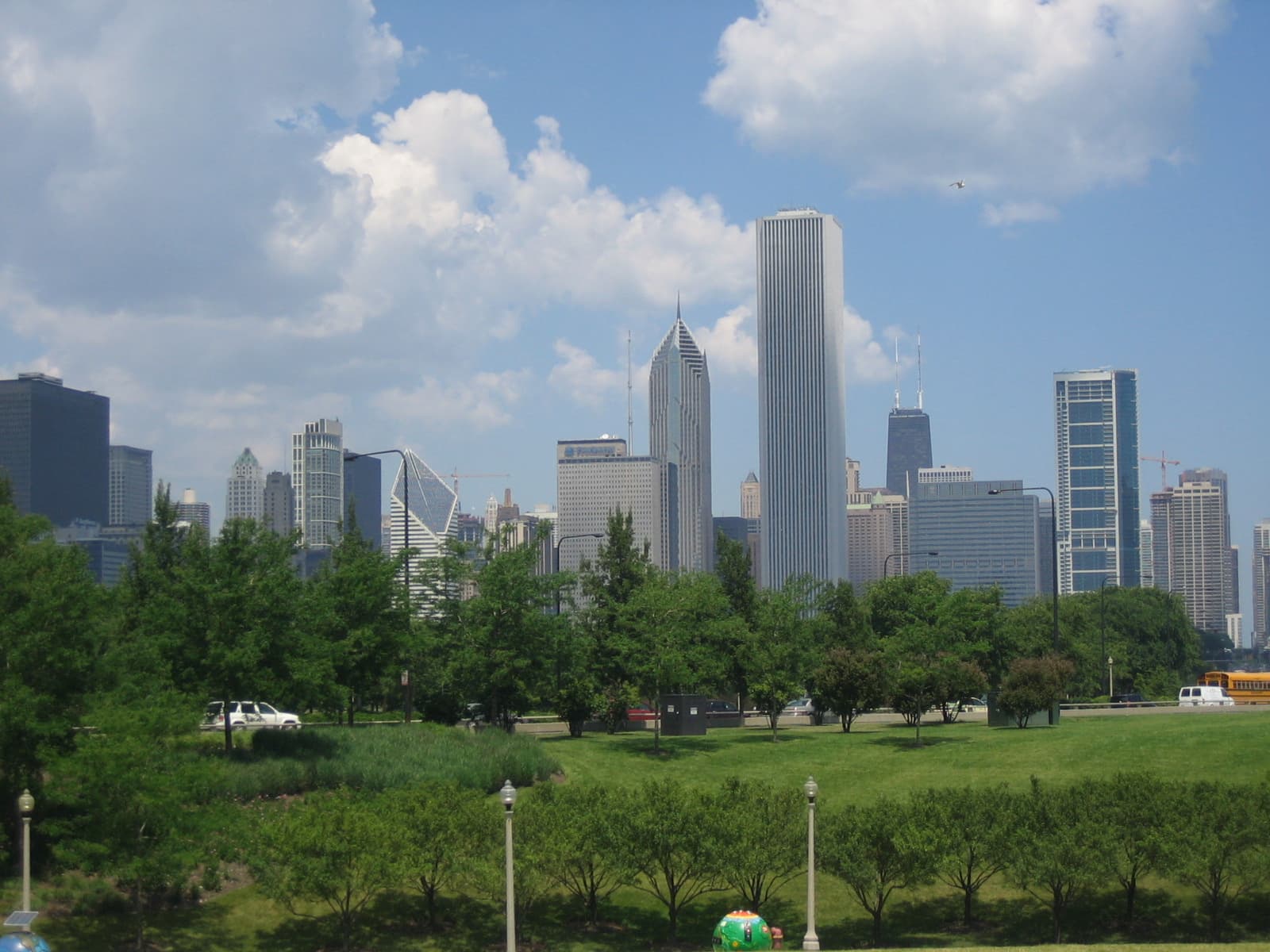

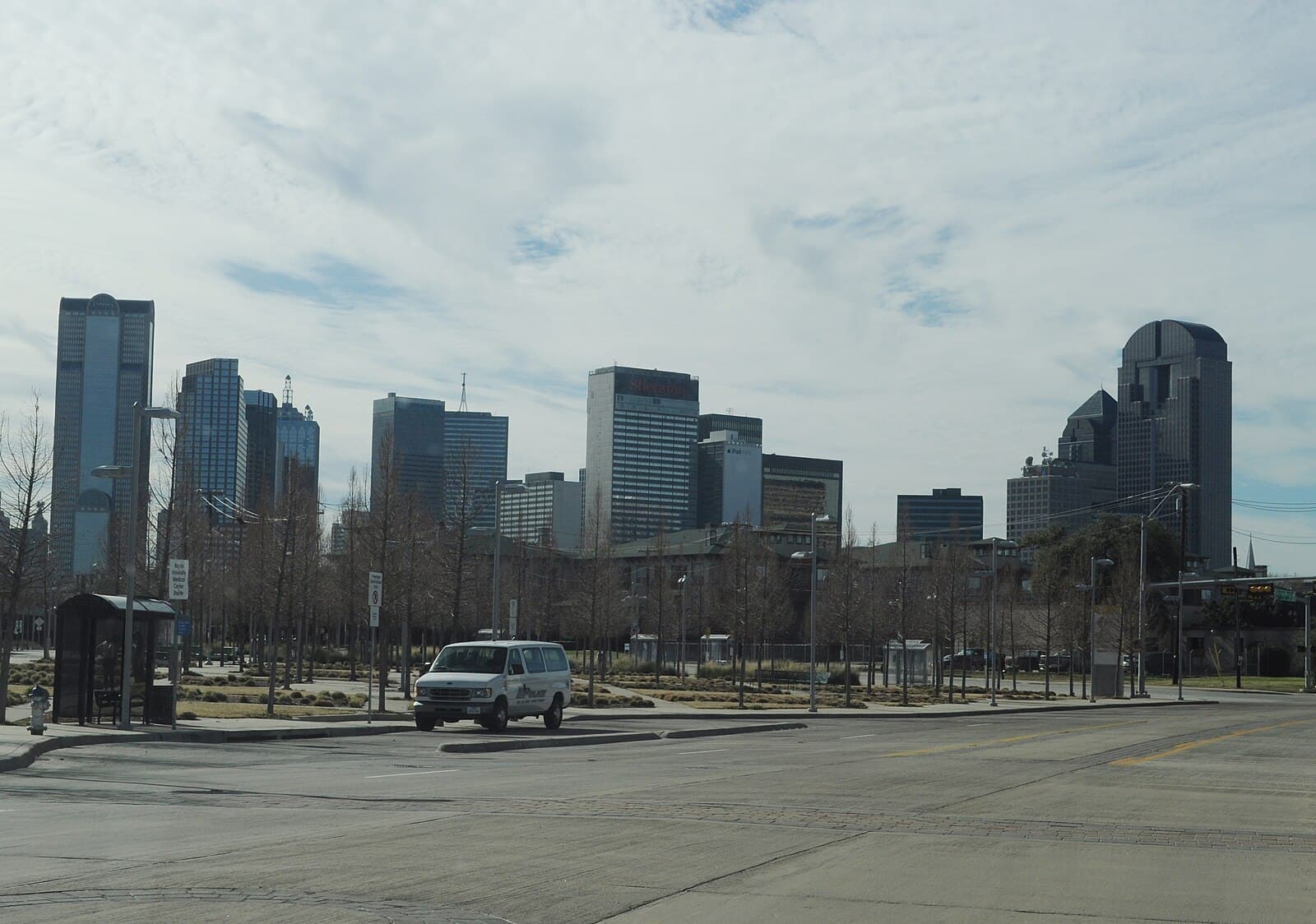
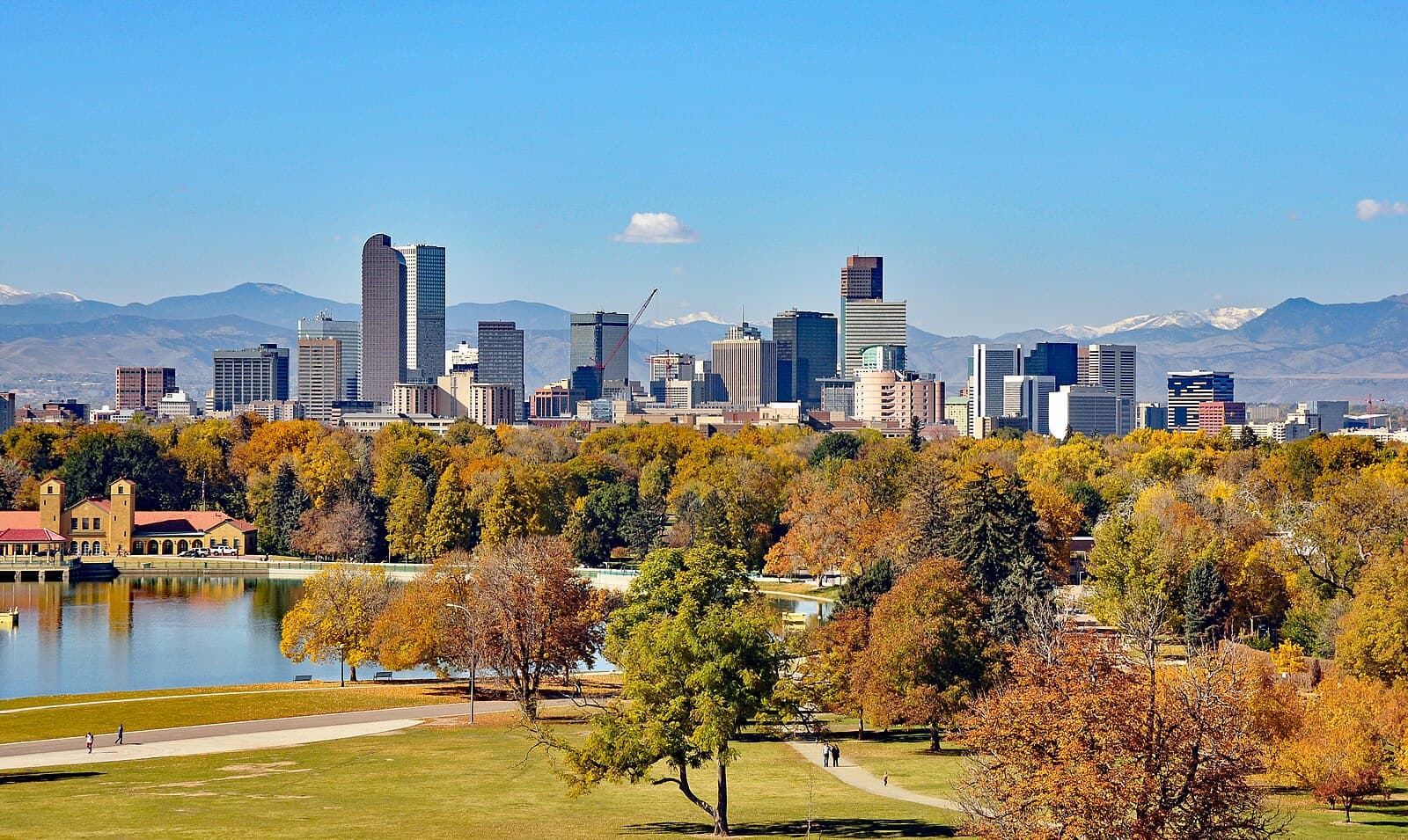
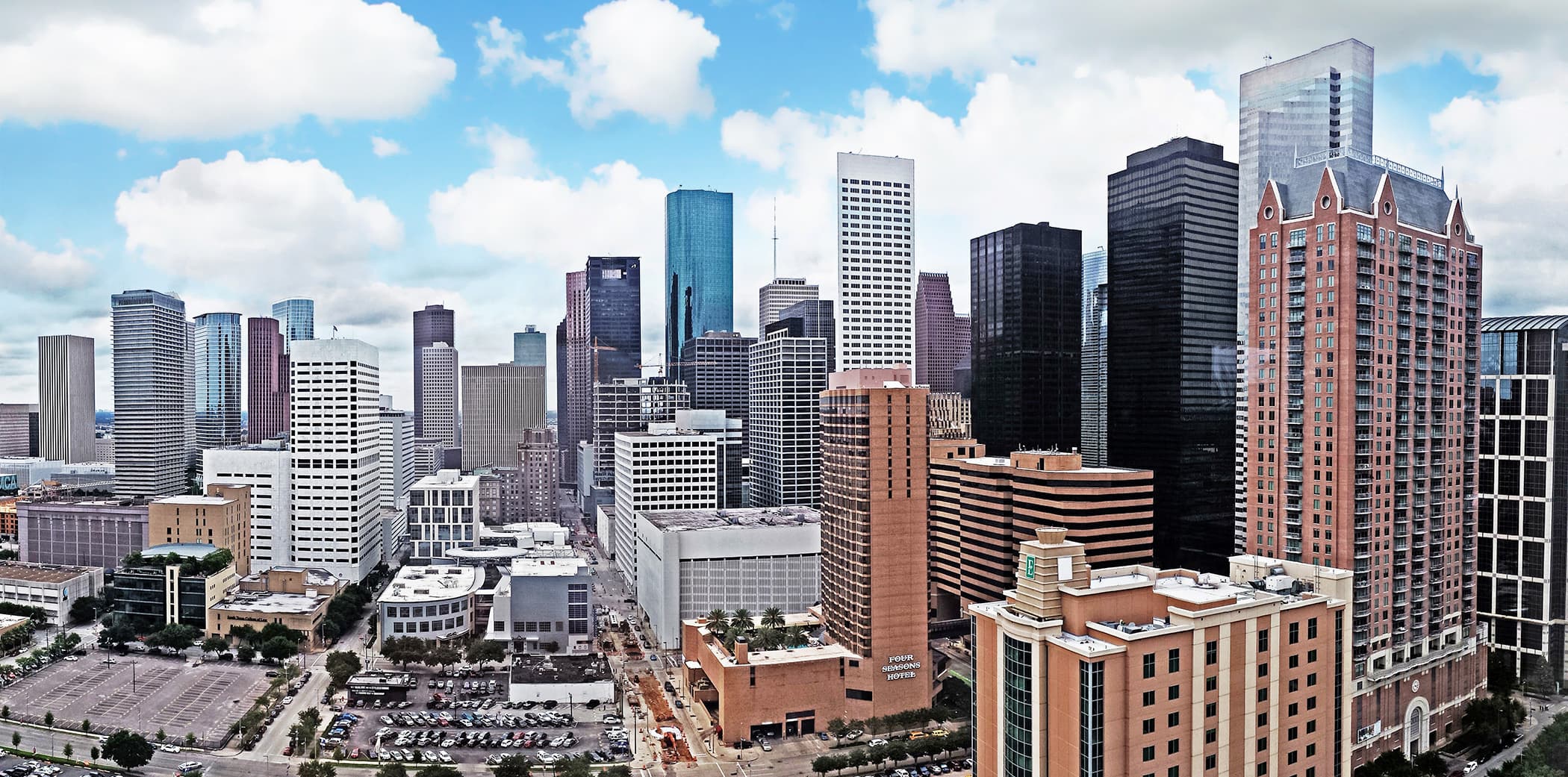
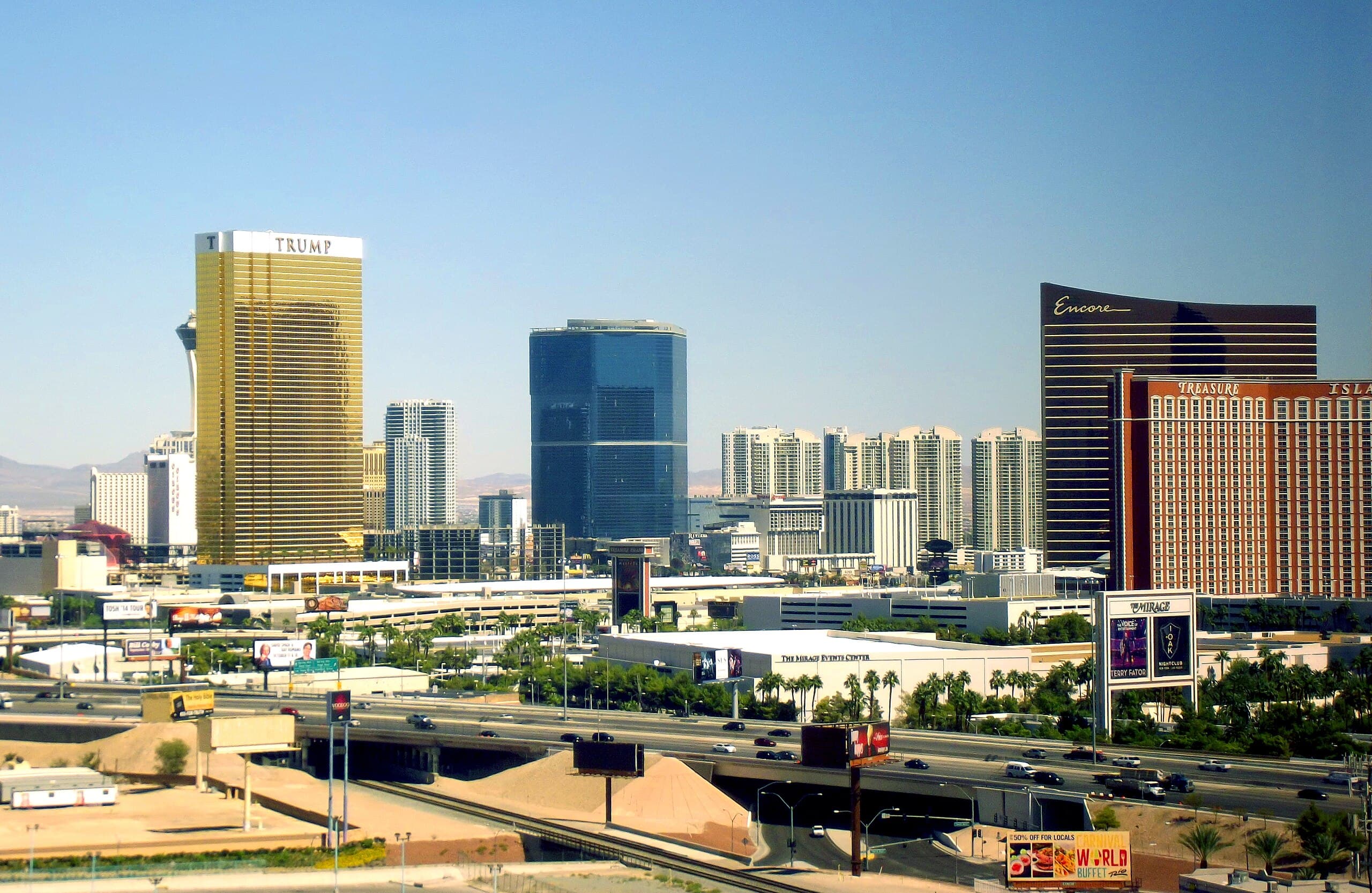
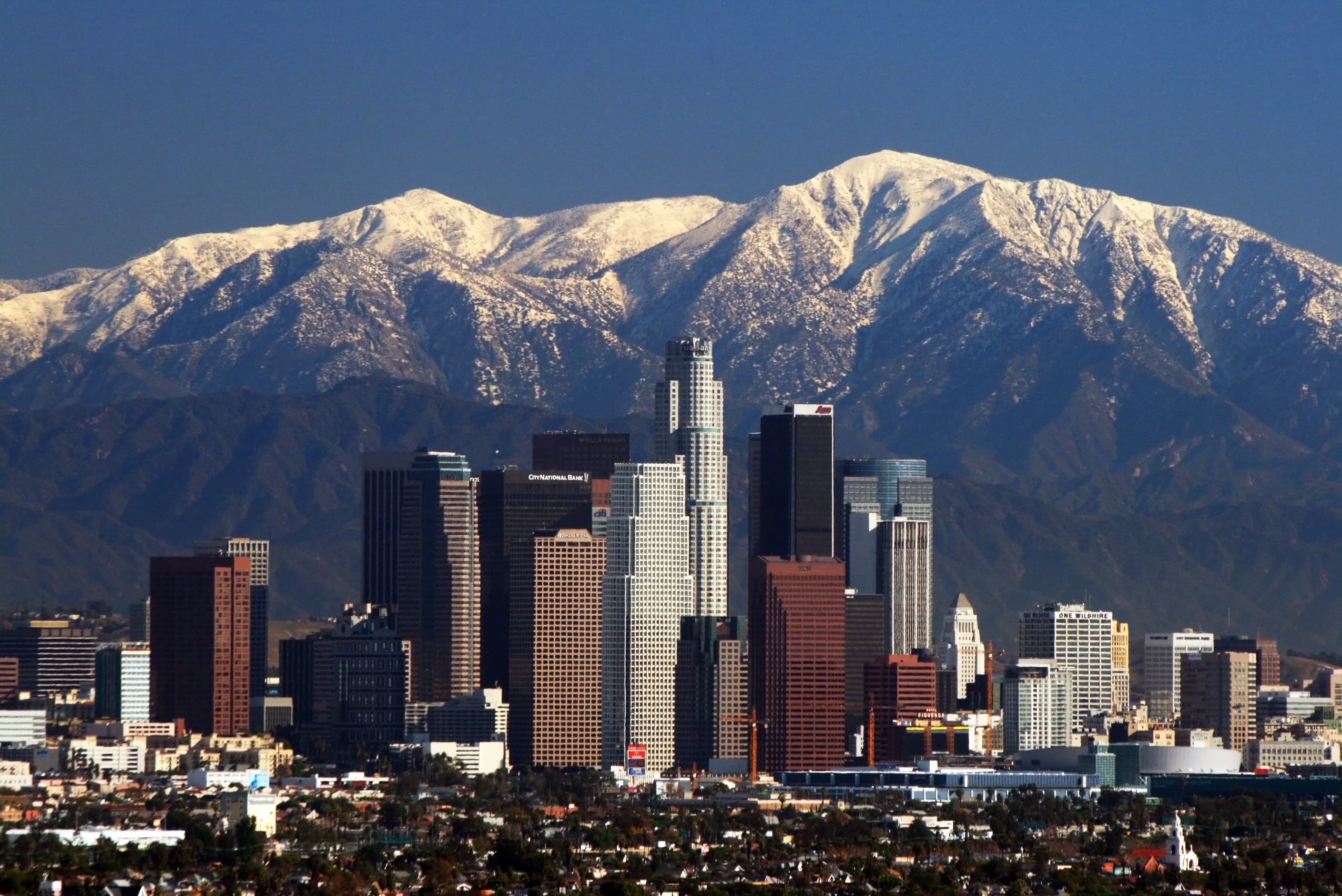
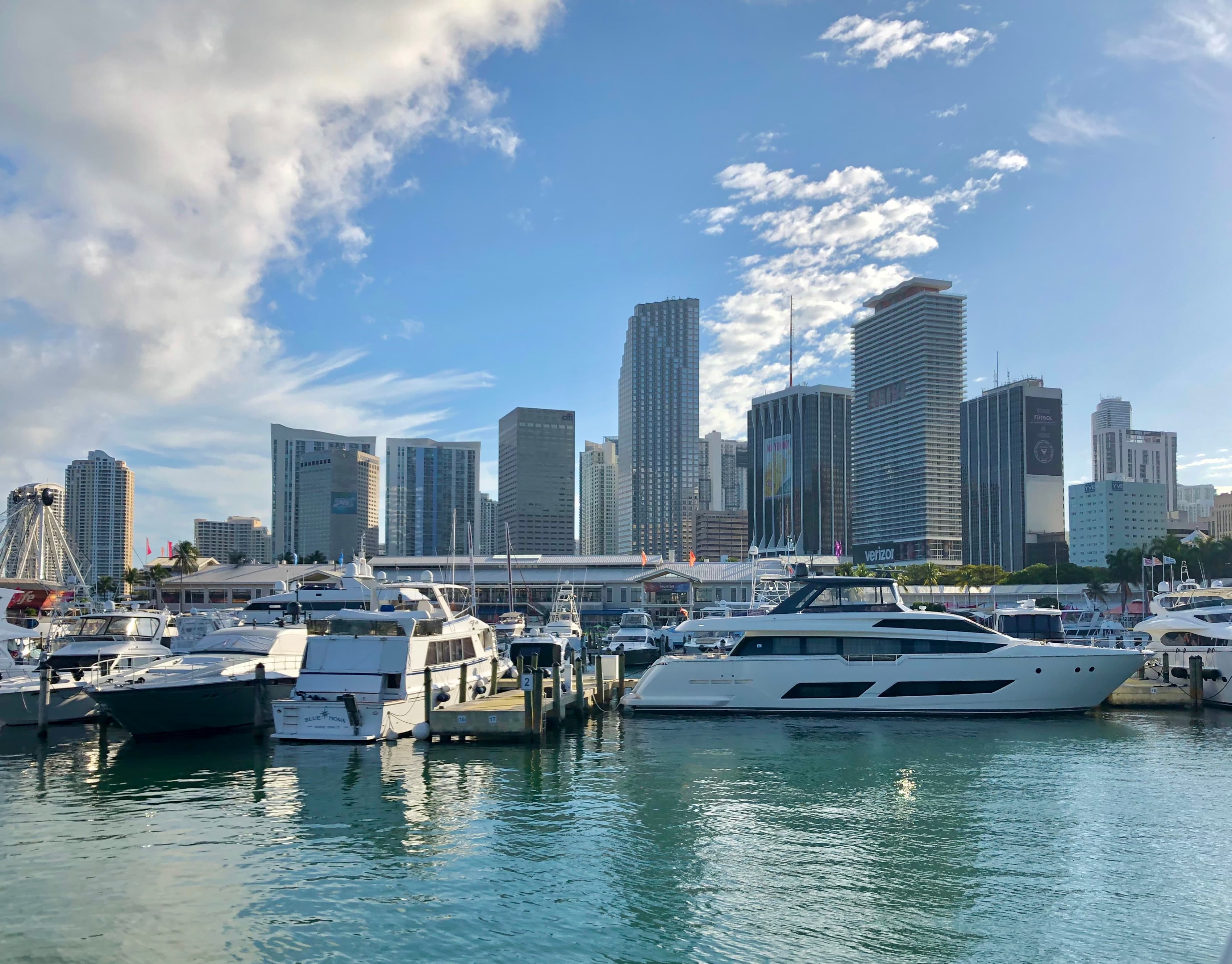
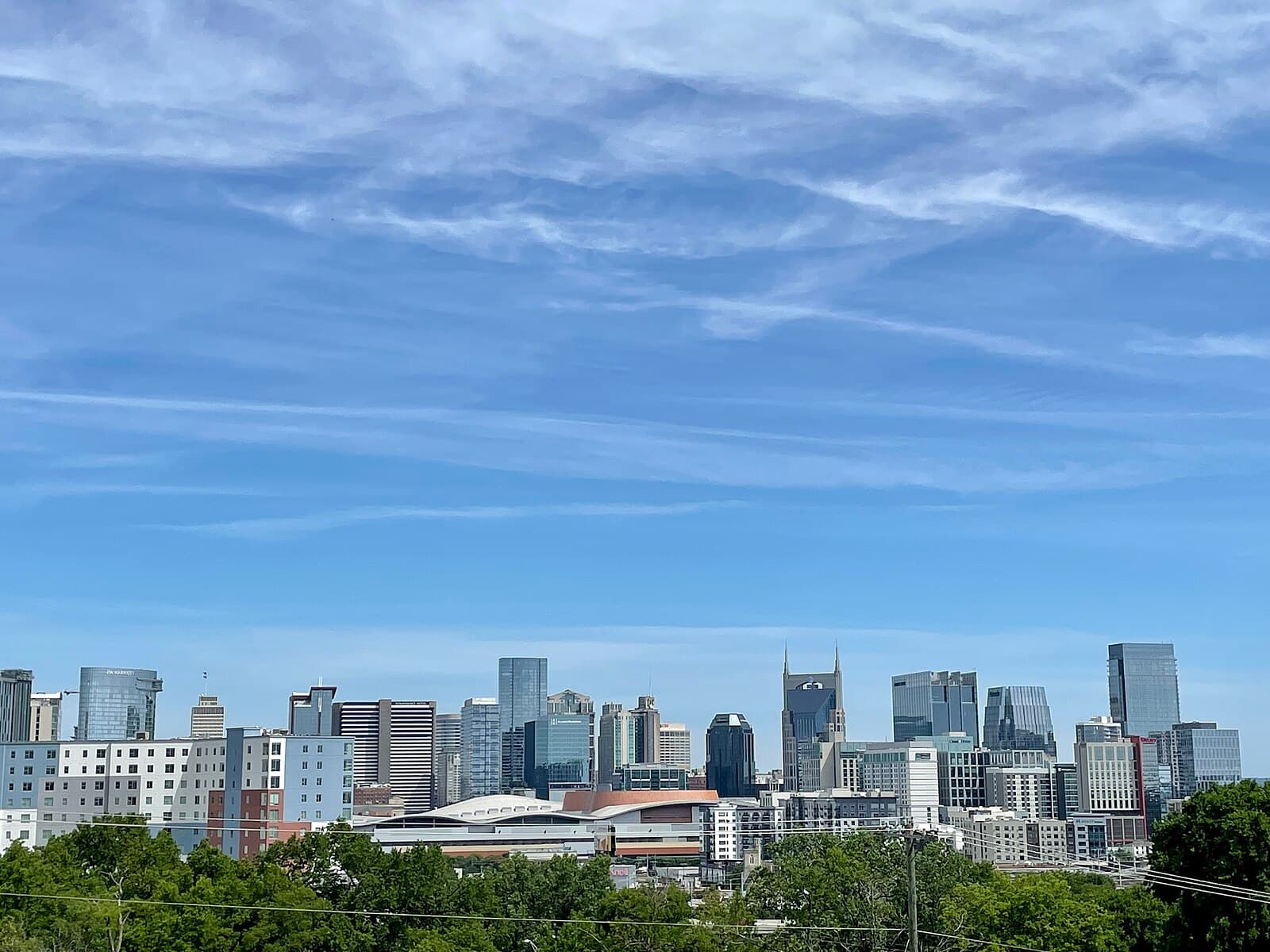

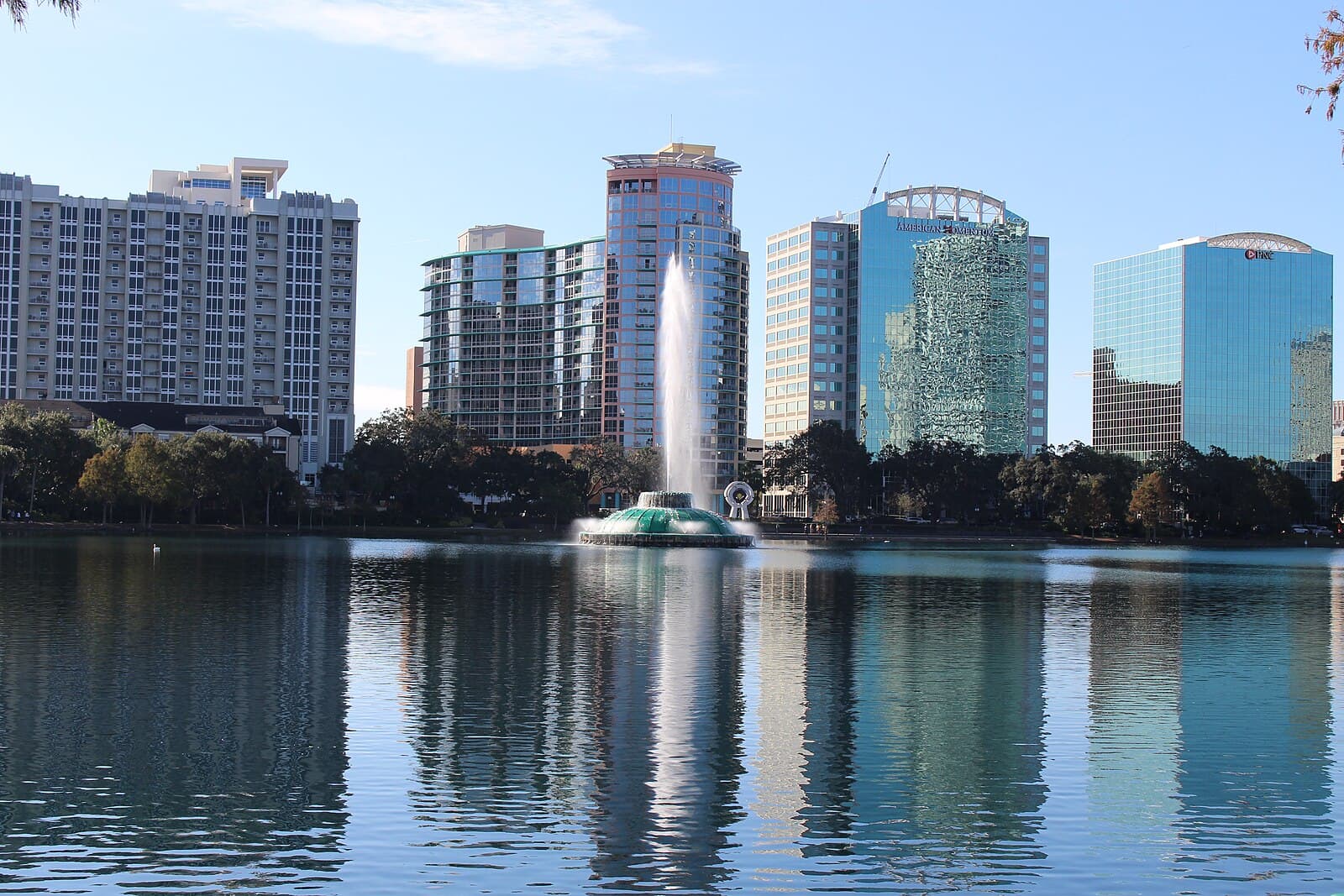

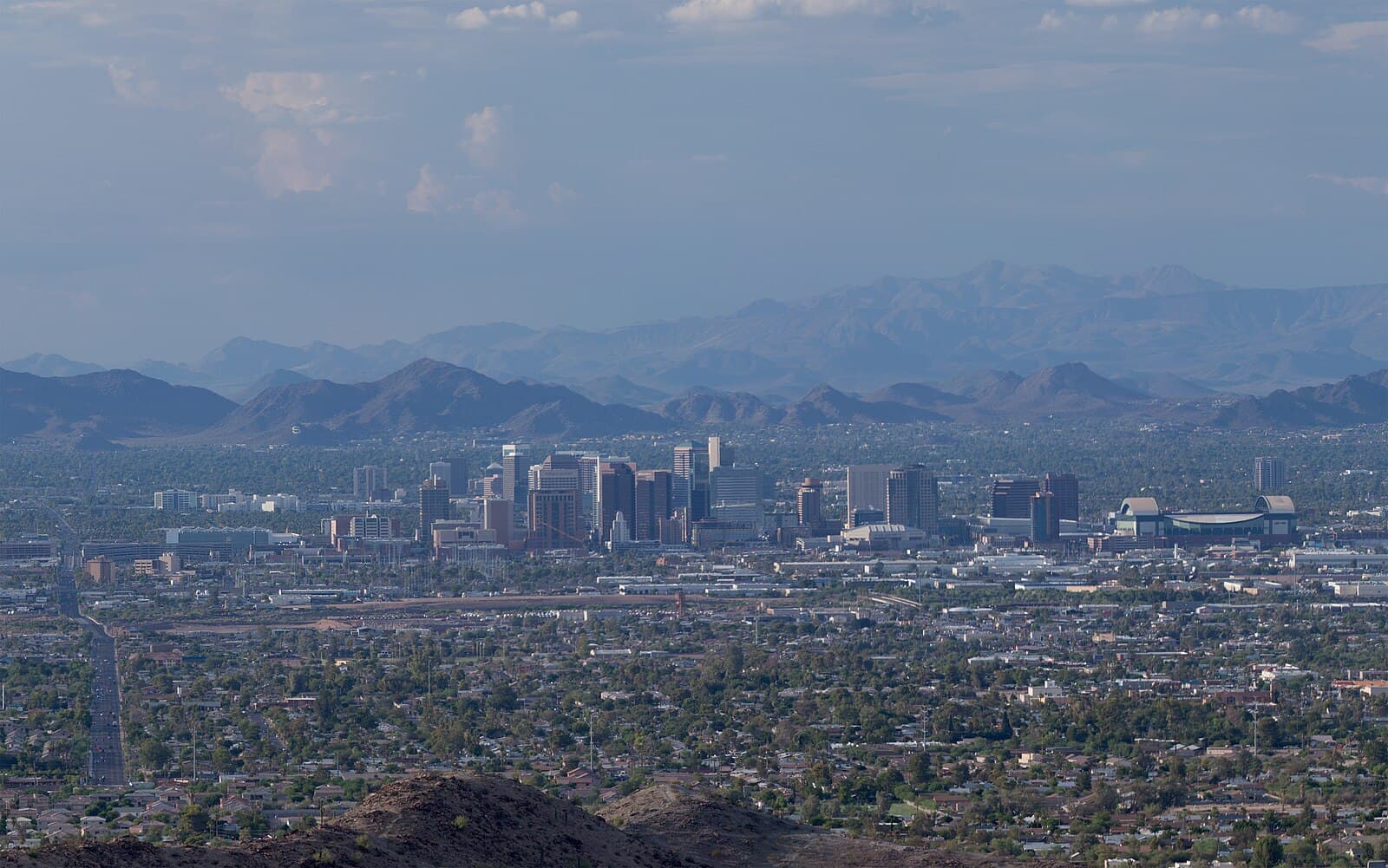

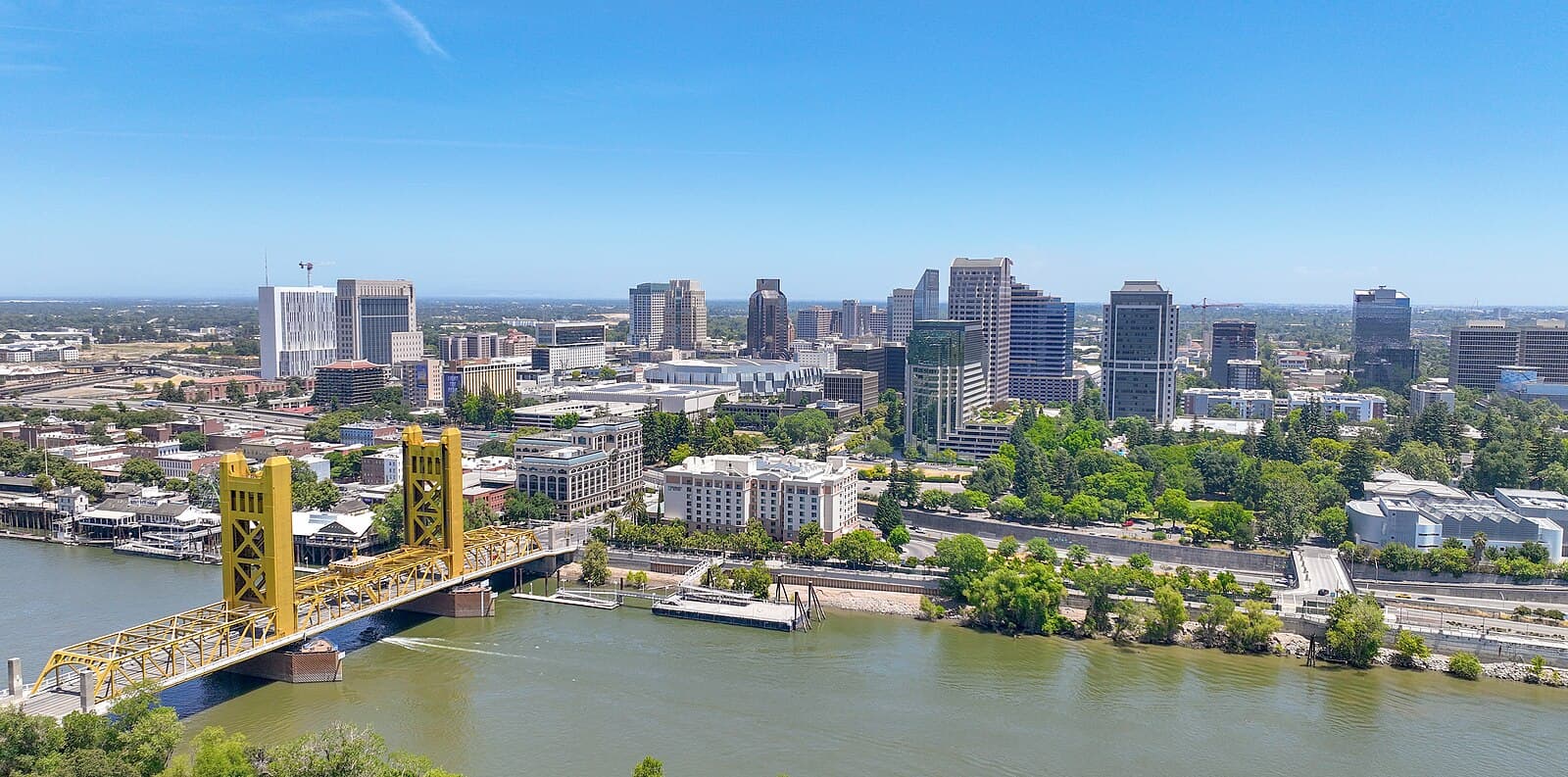

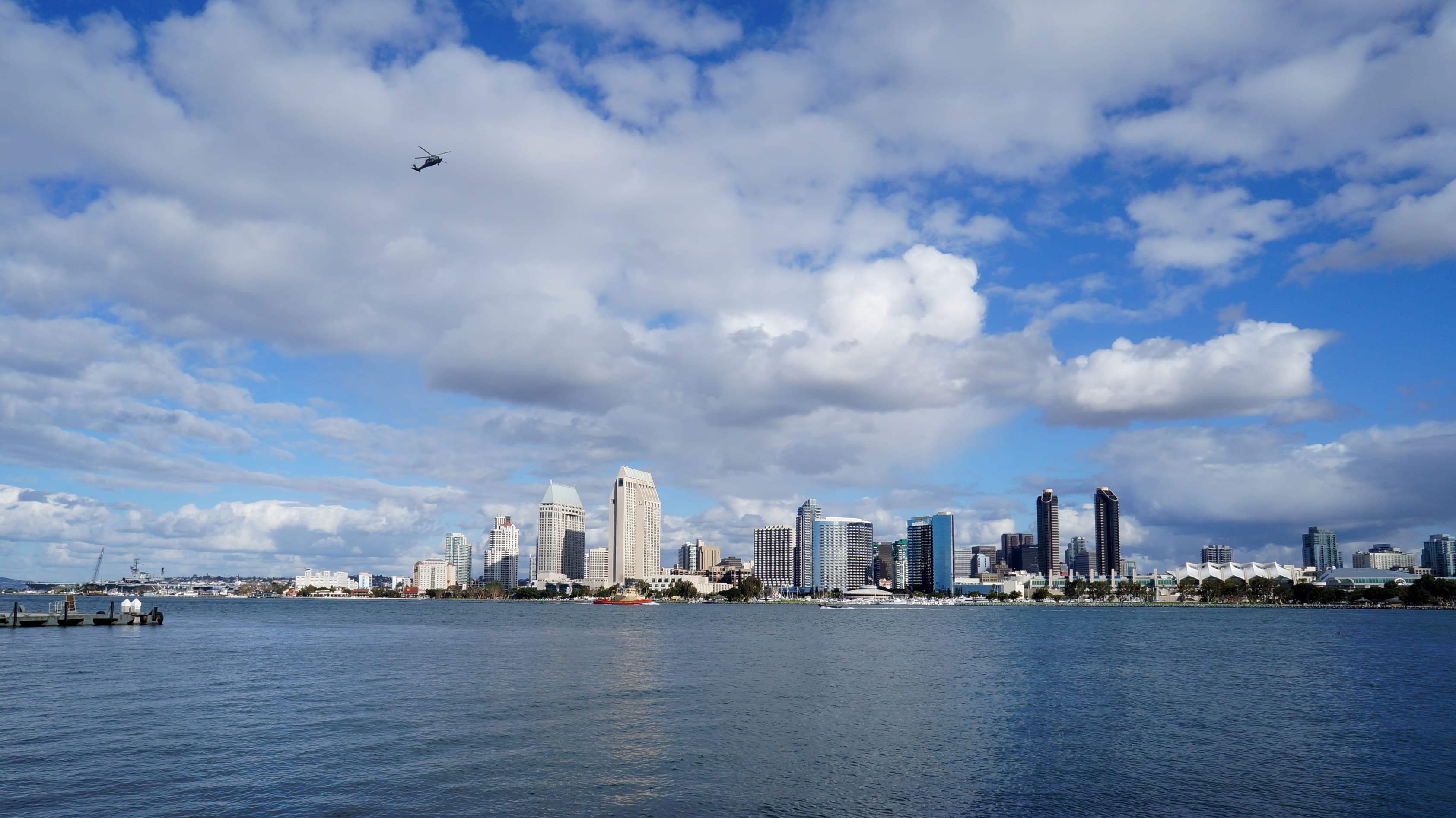
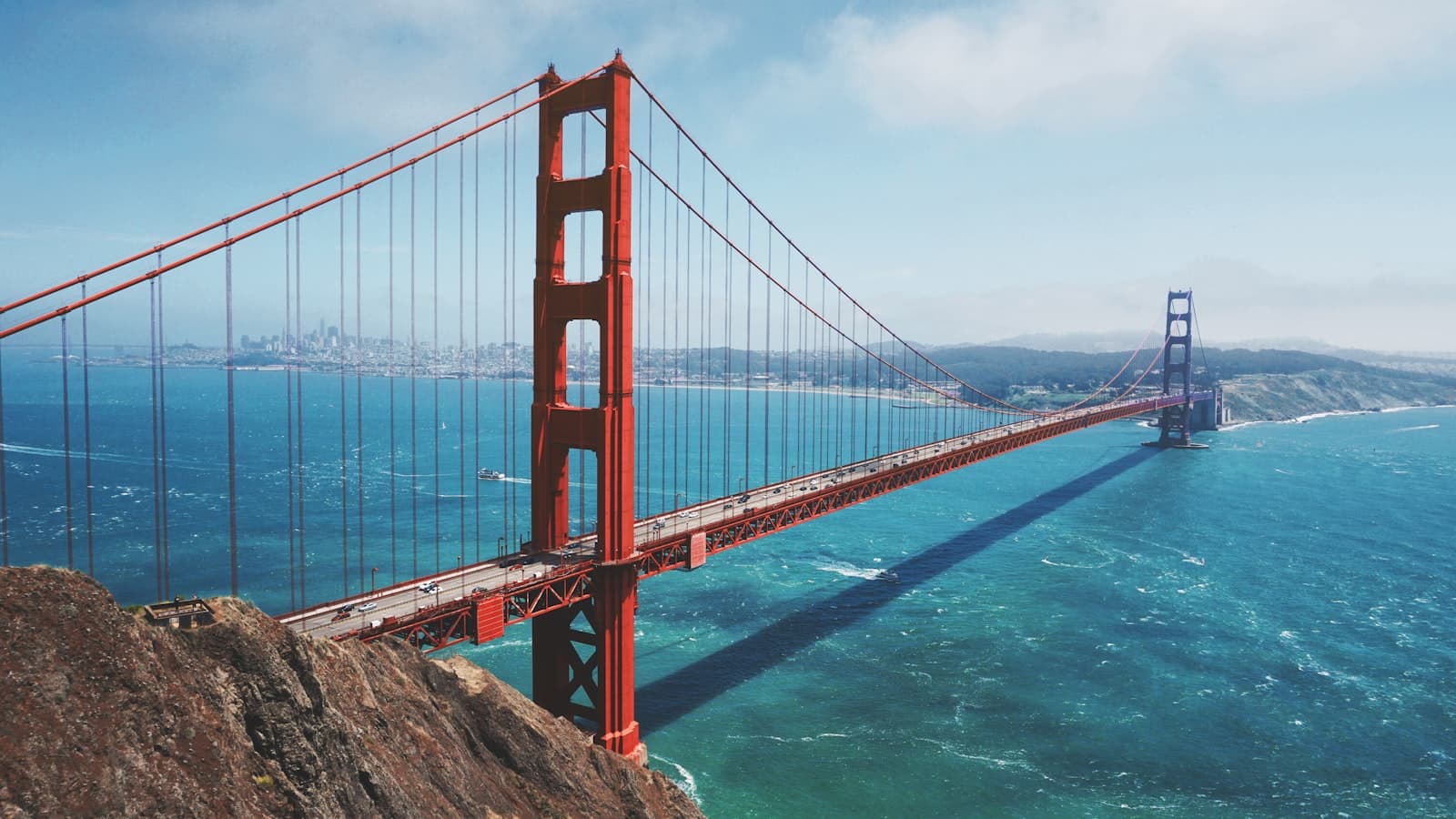
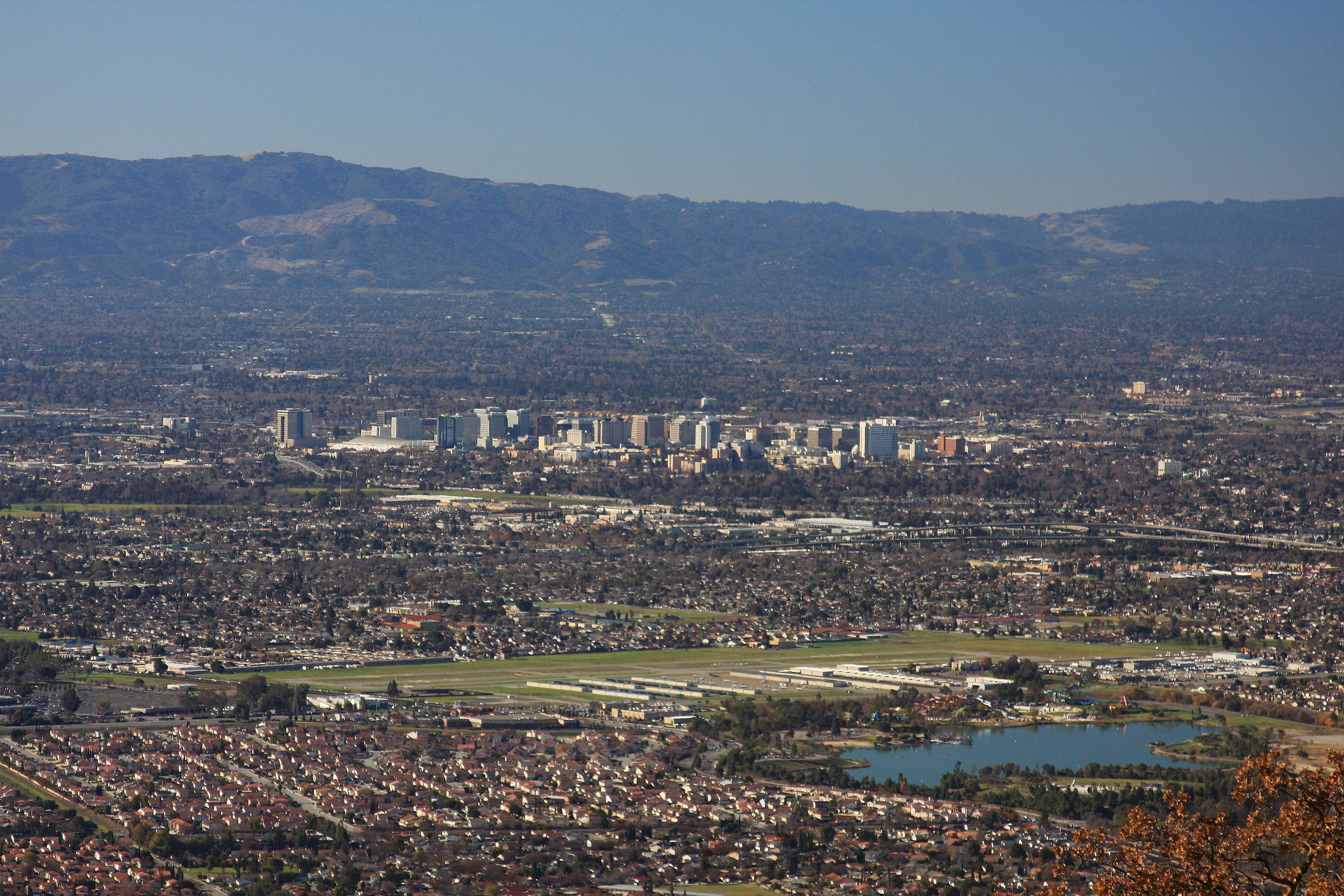

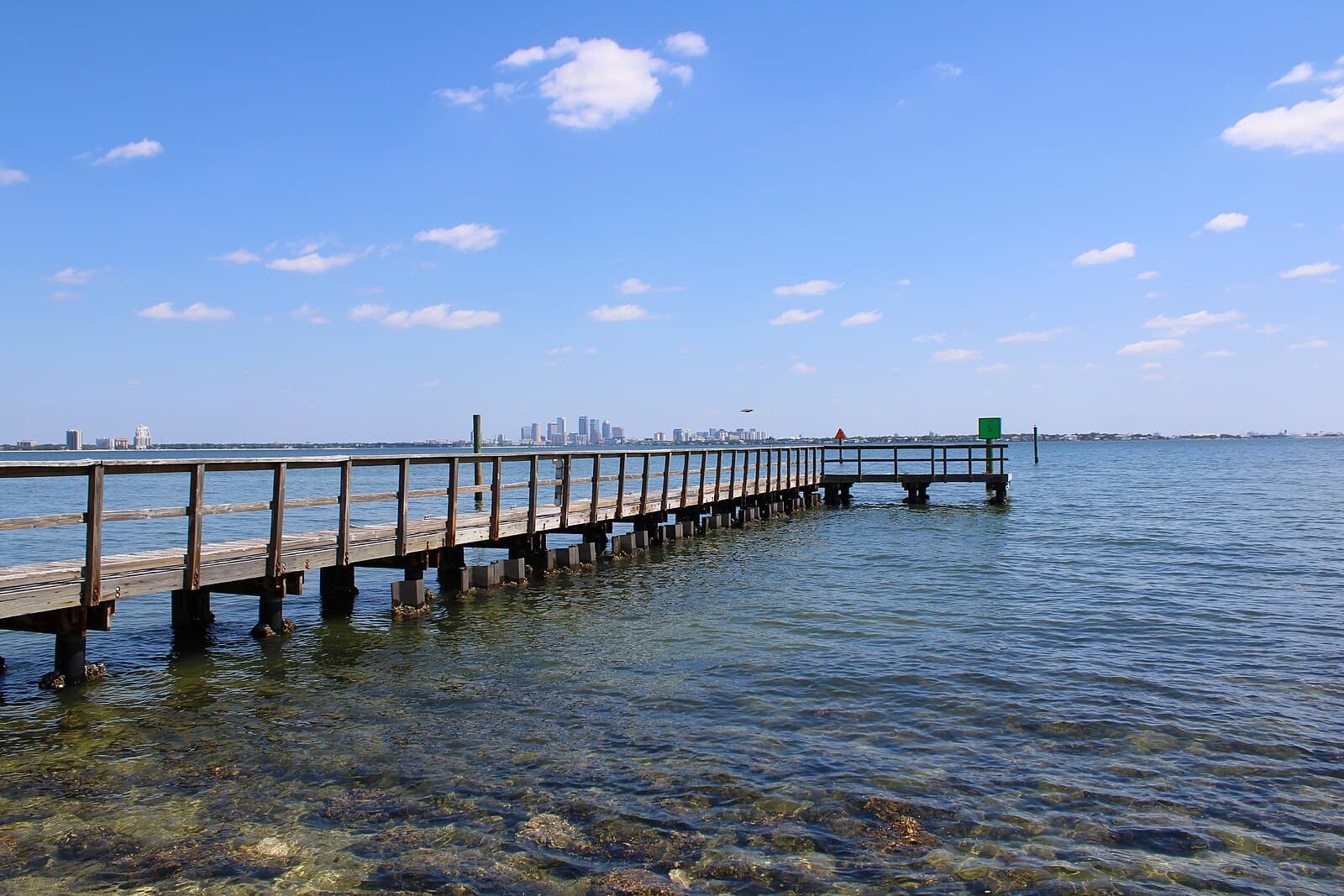
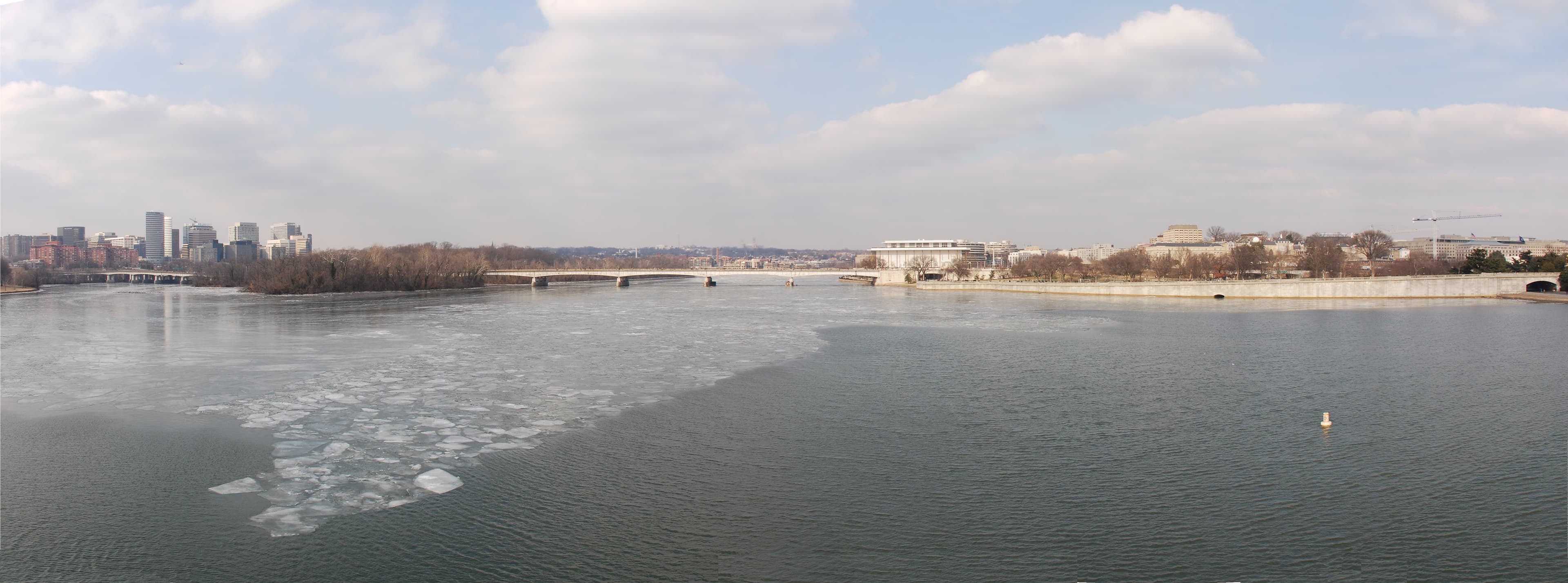
Canada
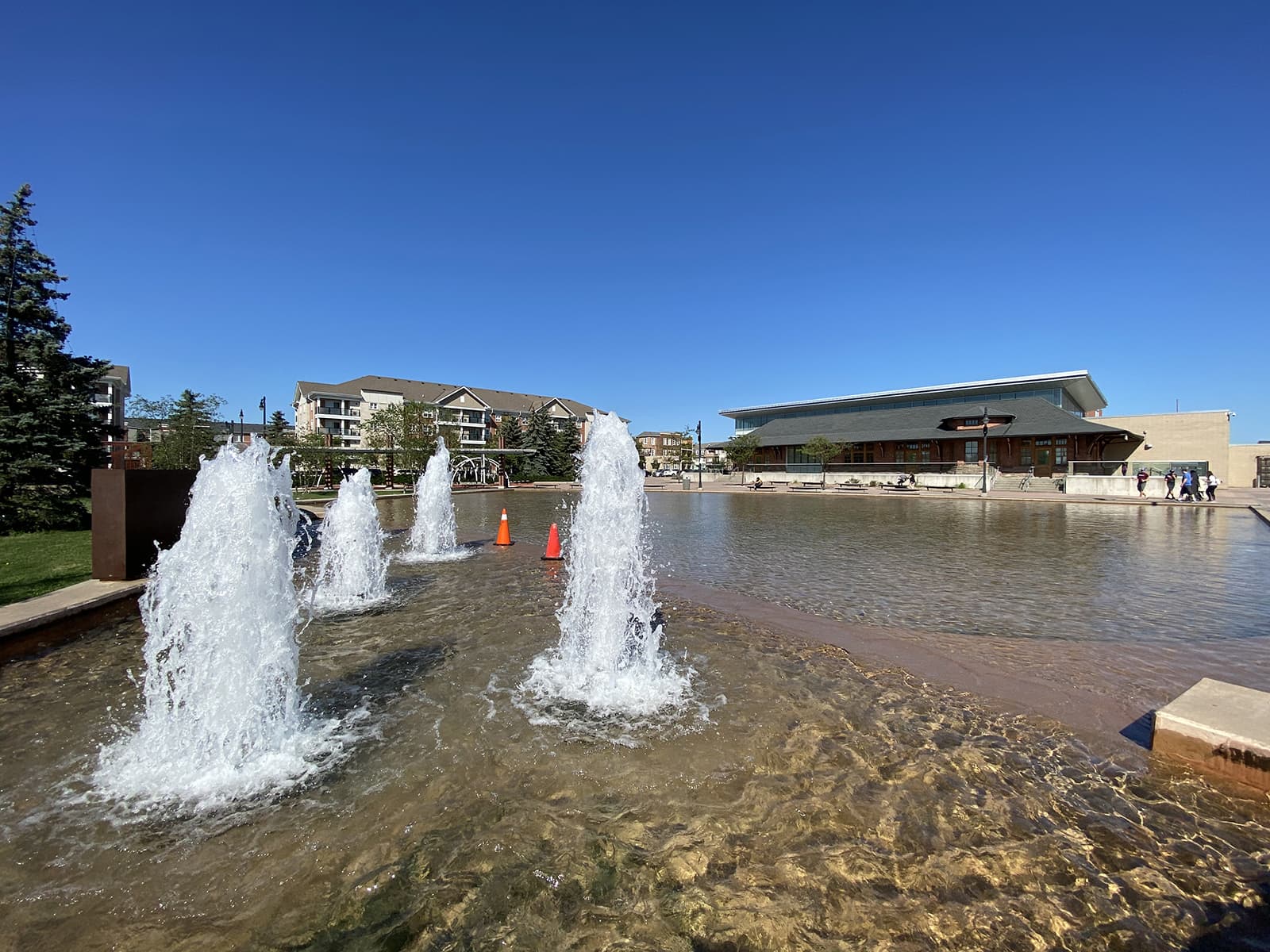
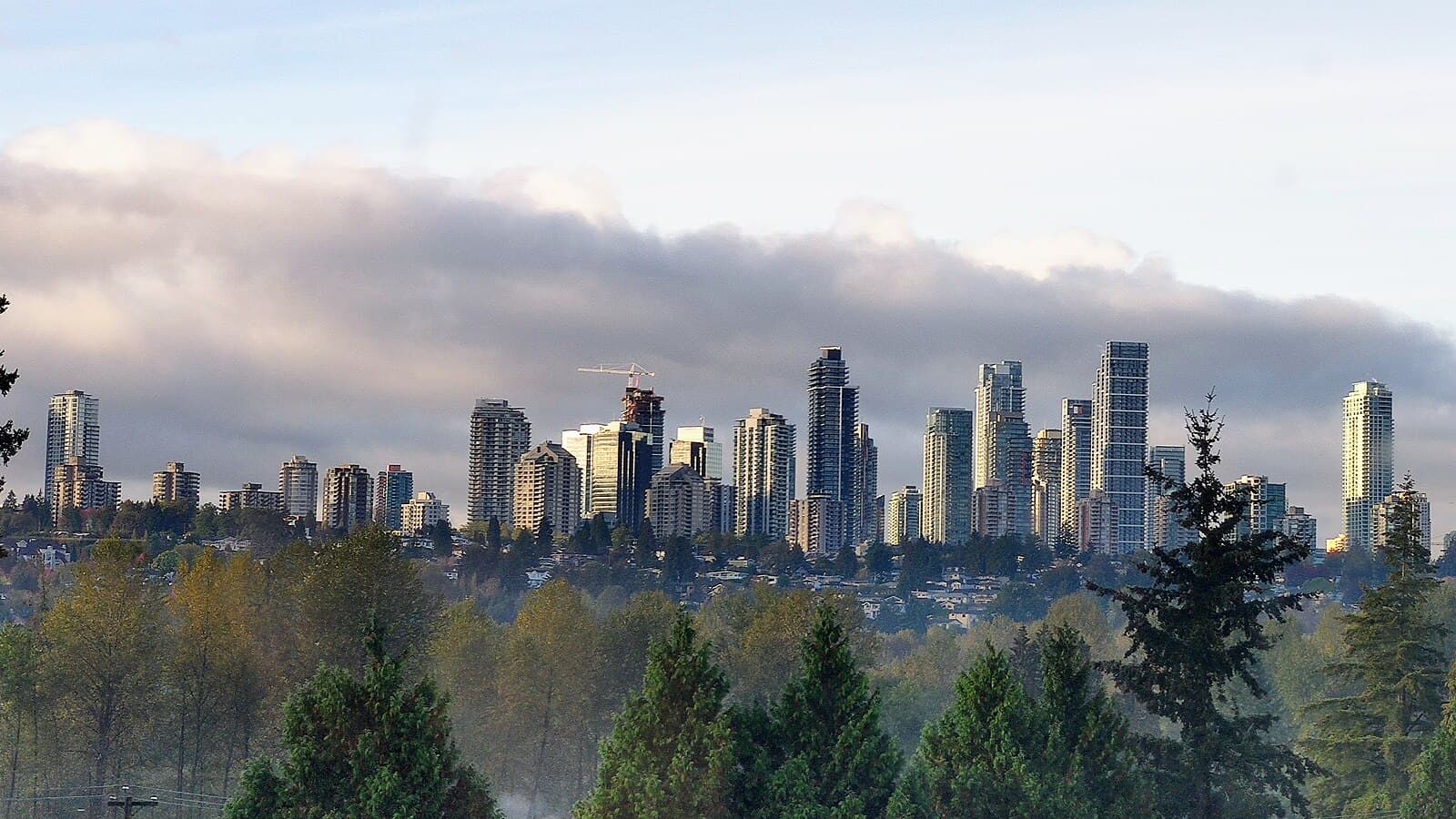


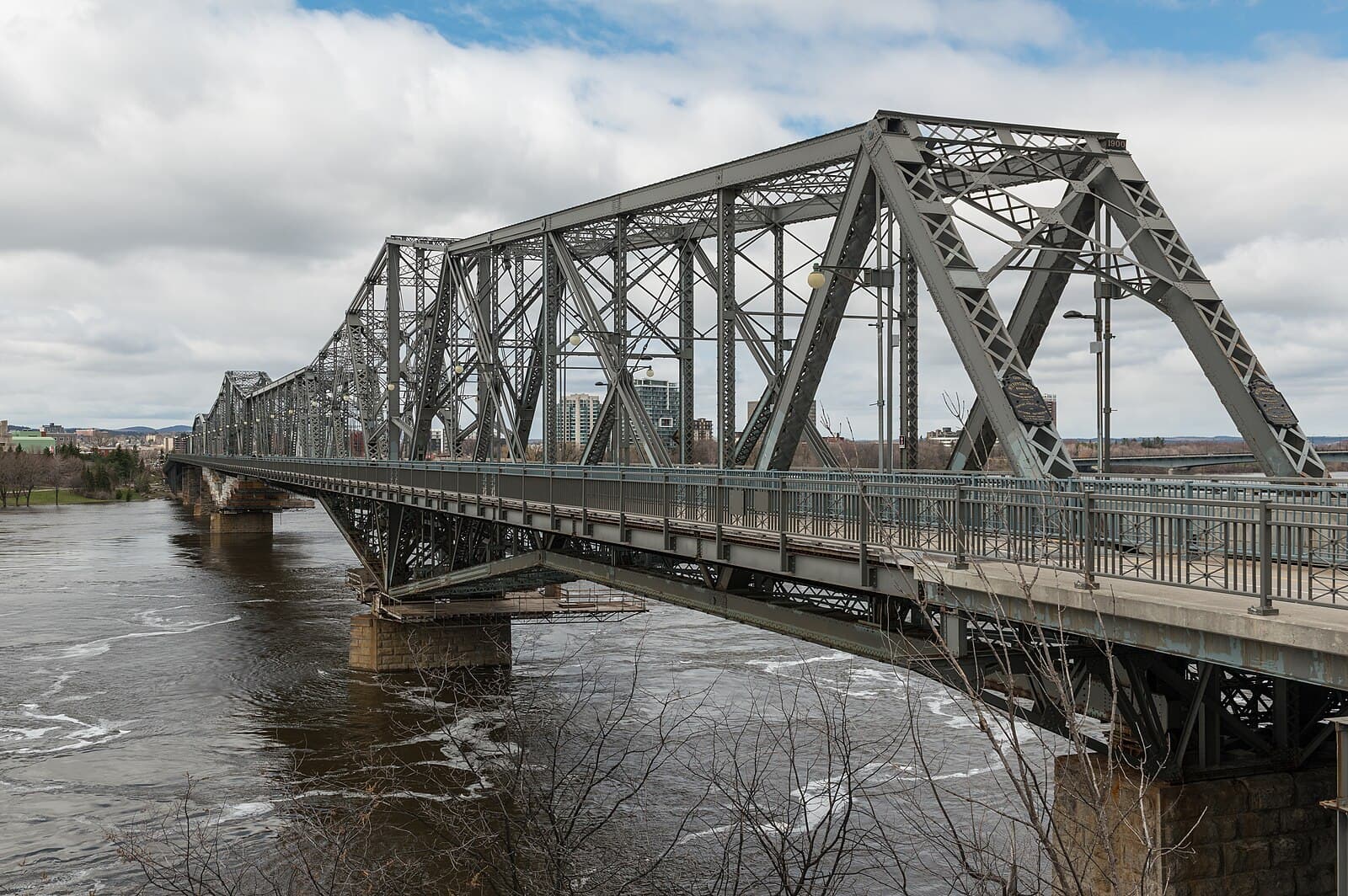

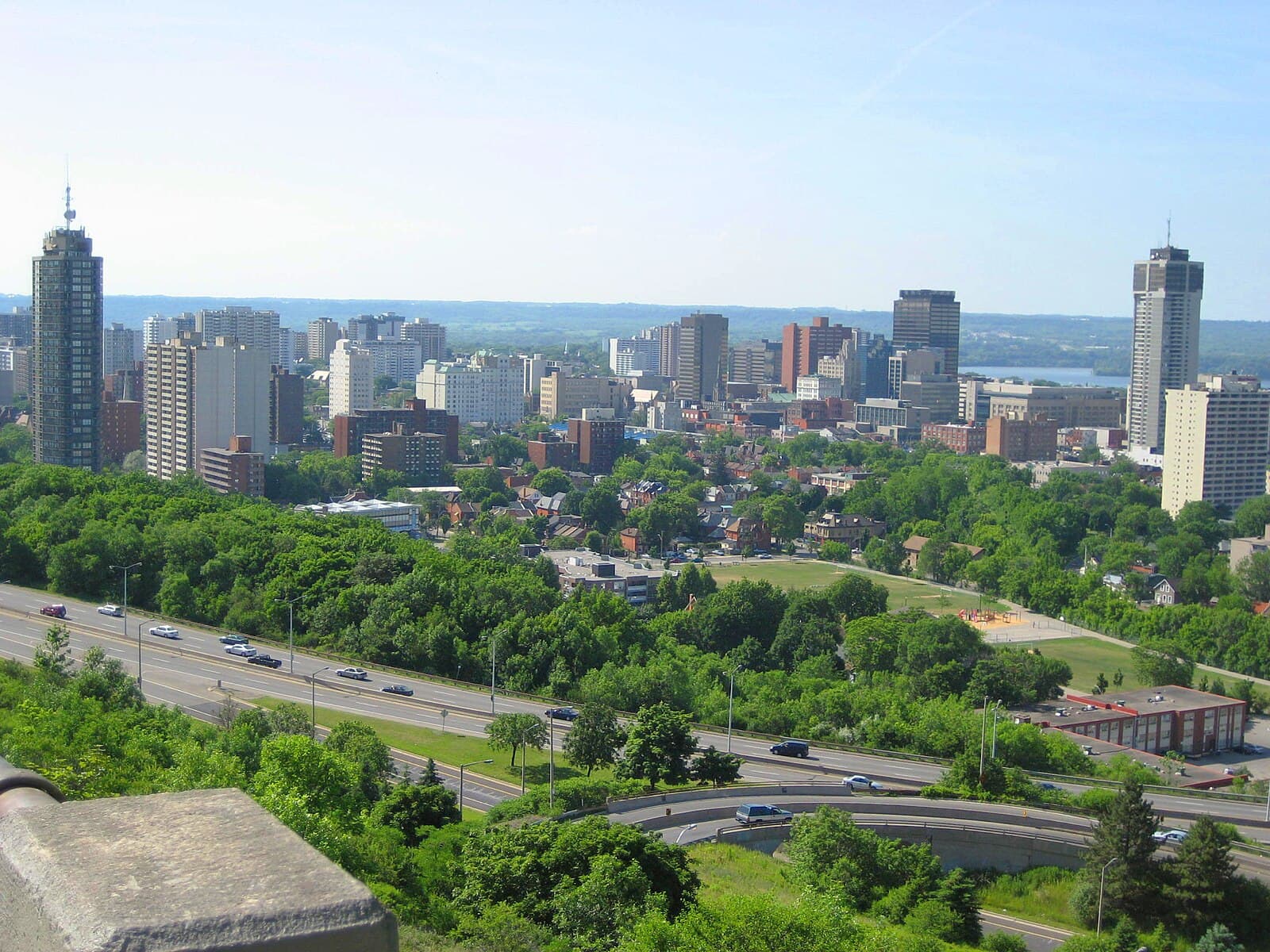
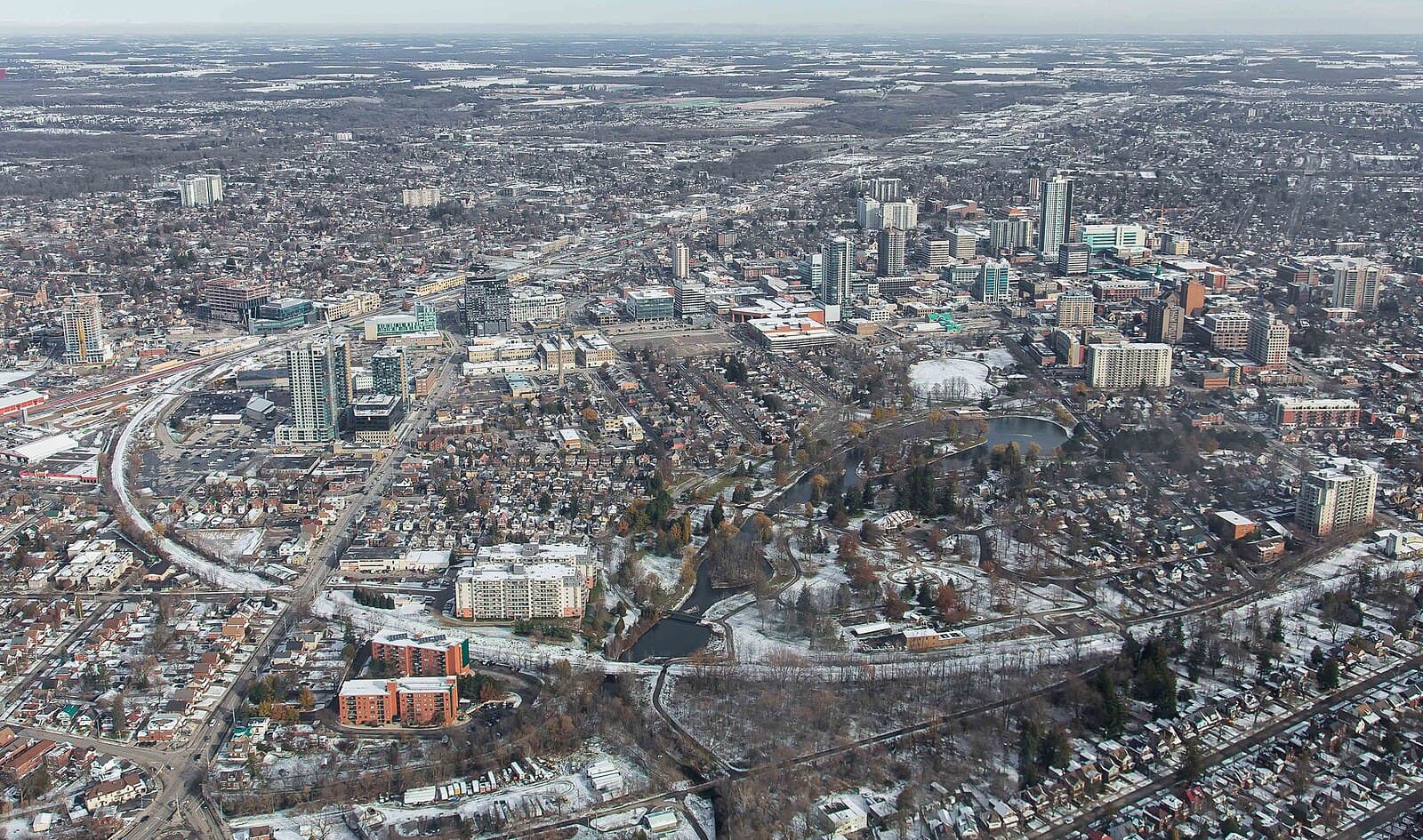

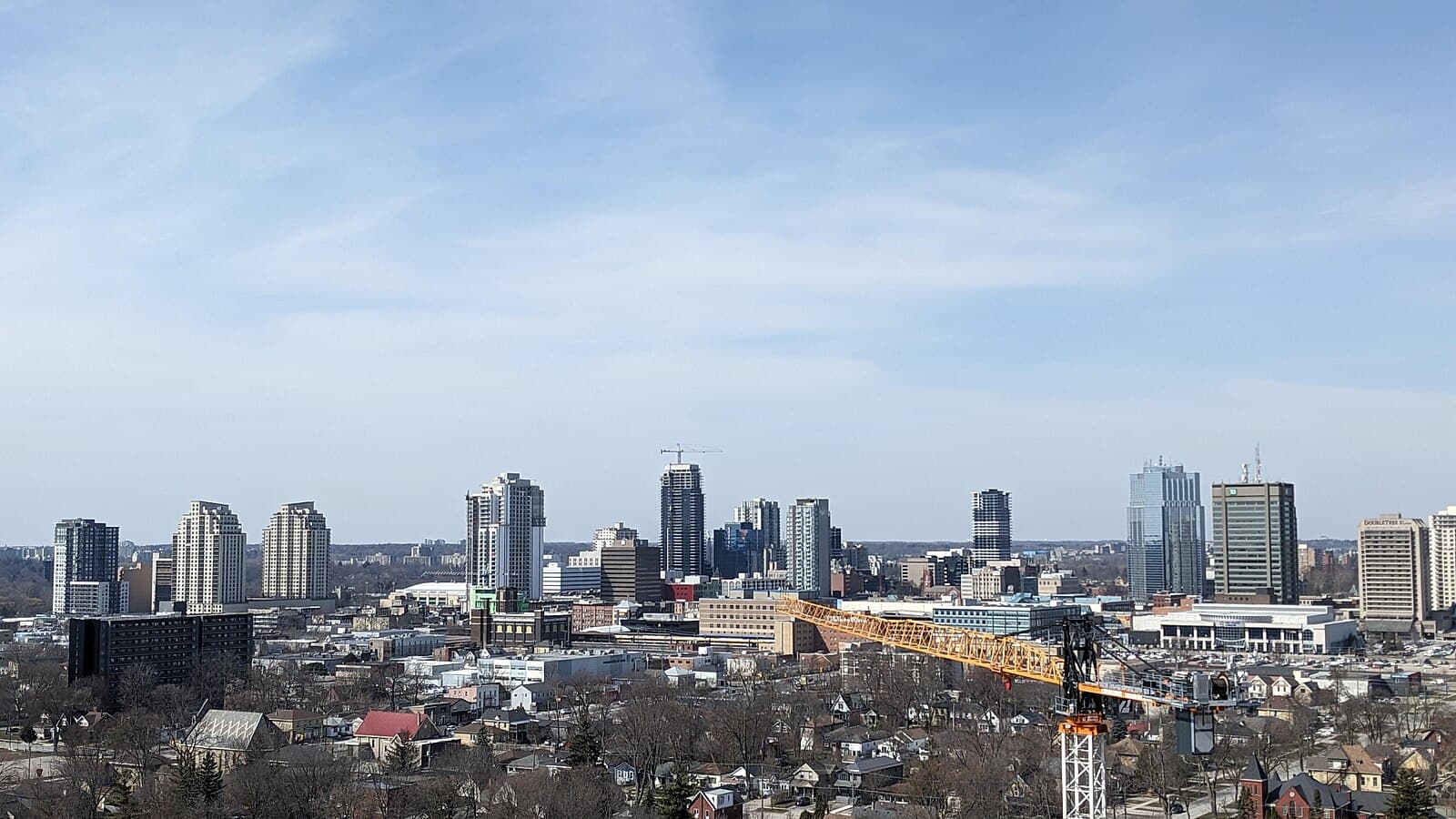
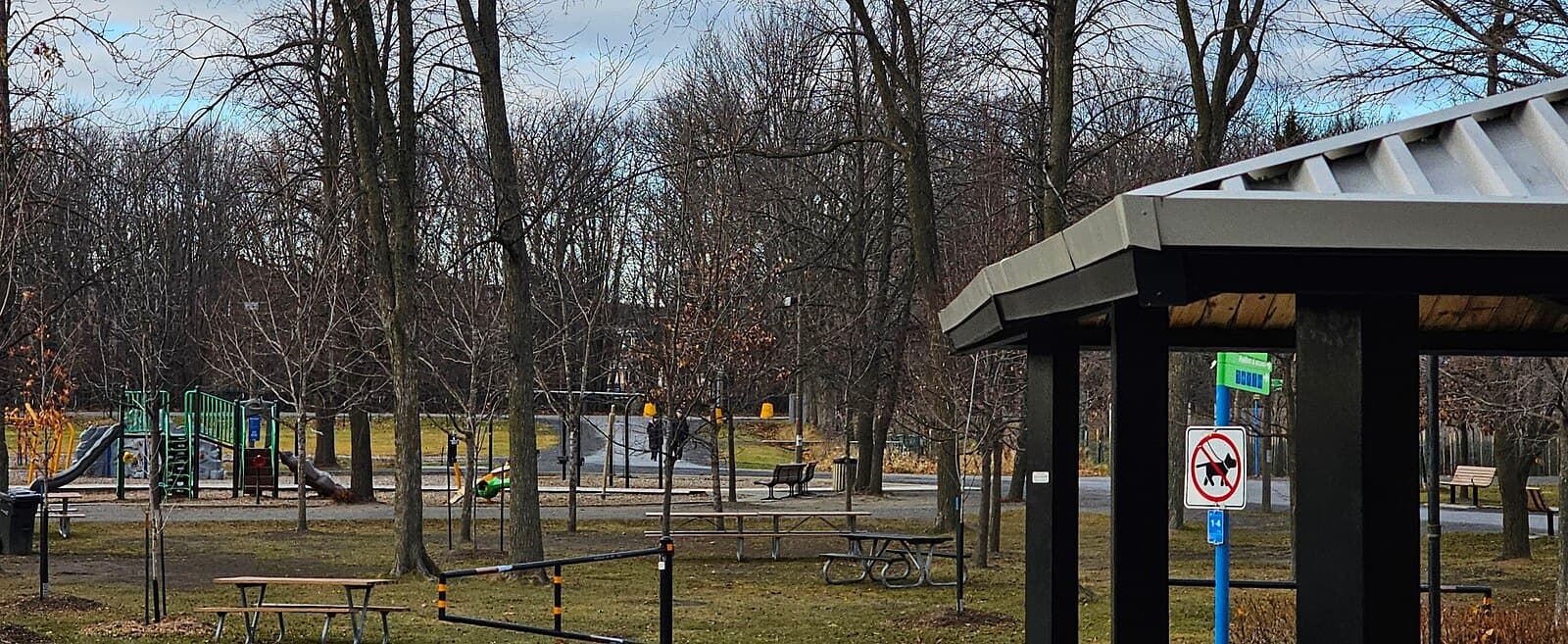
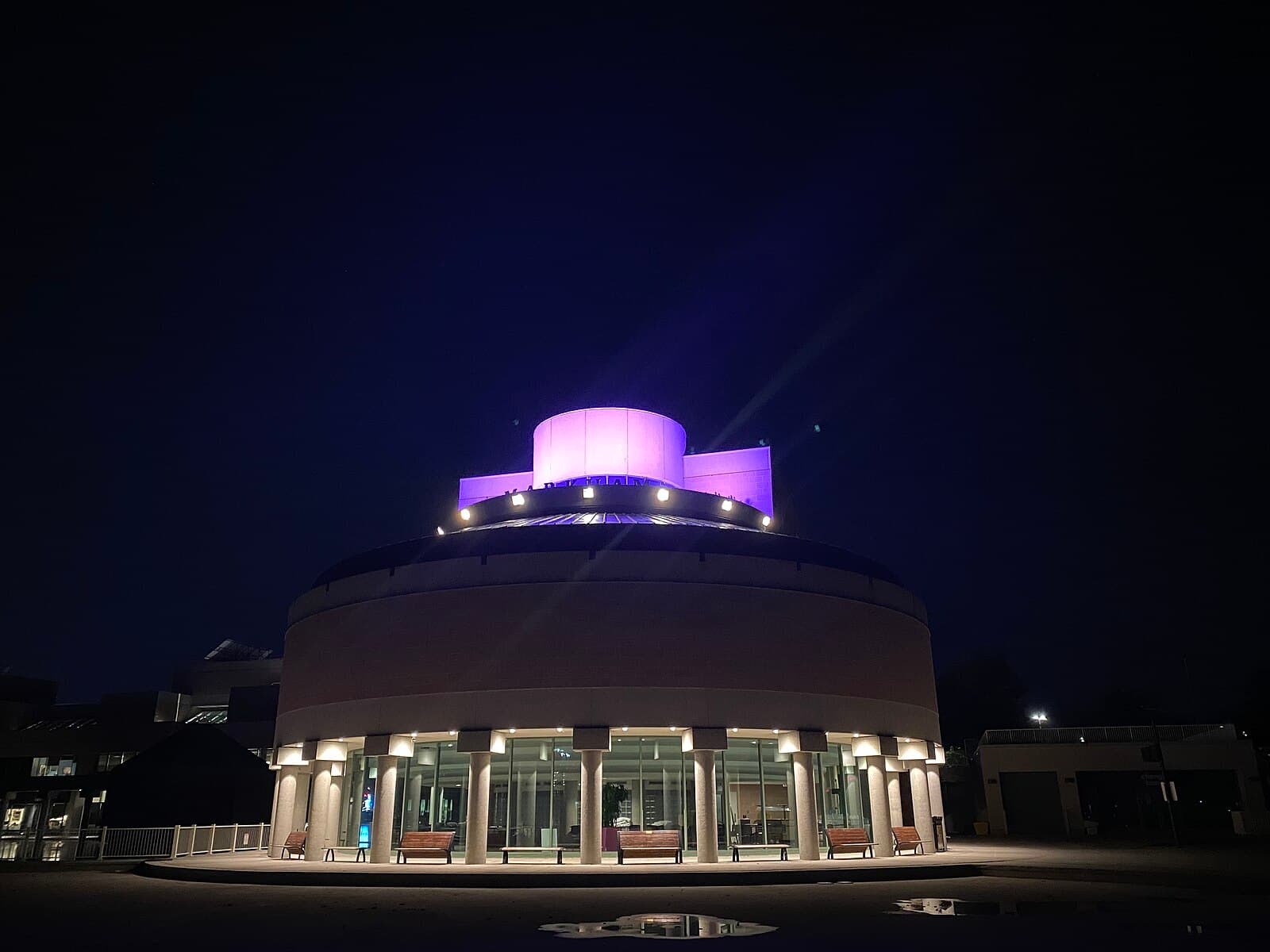
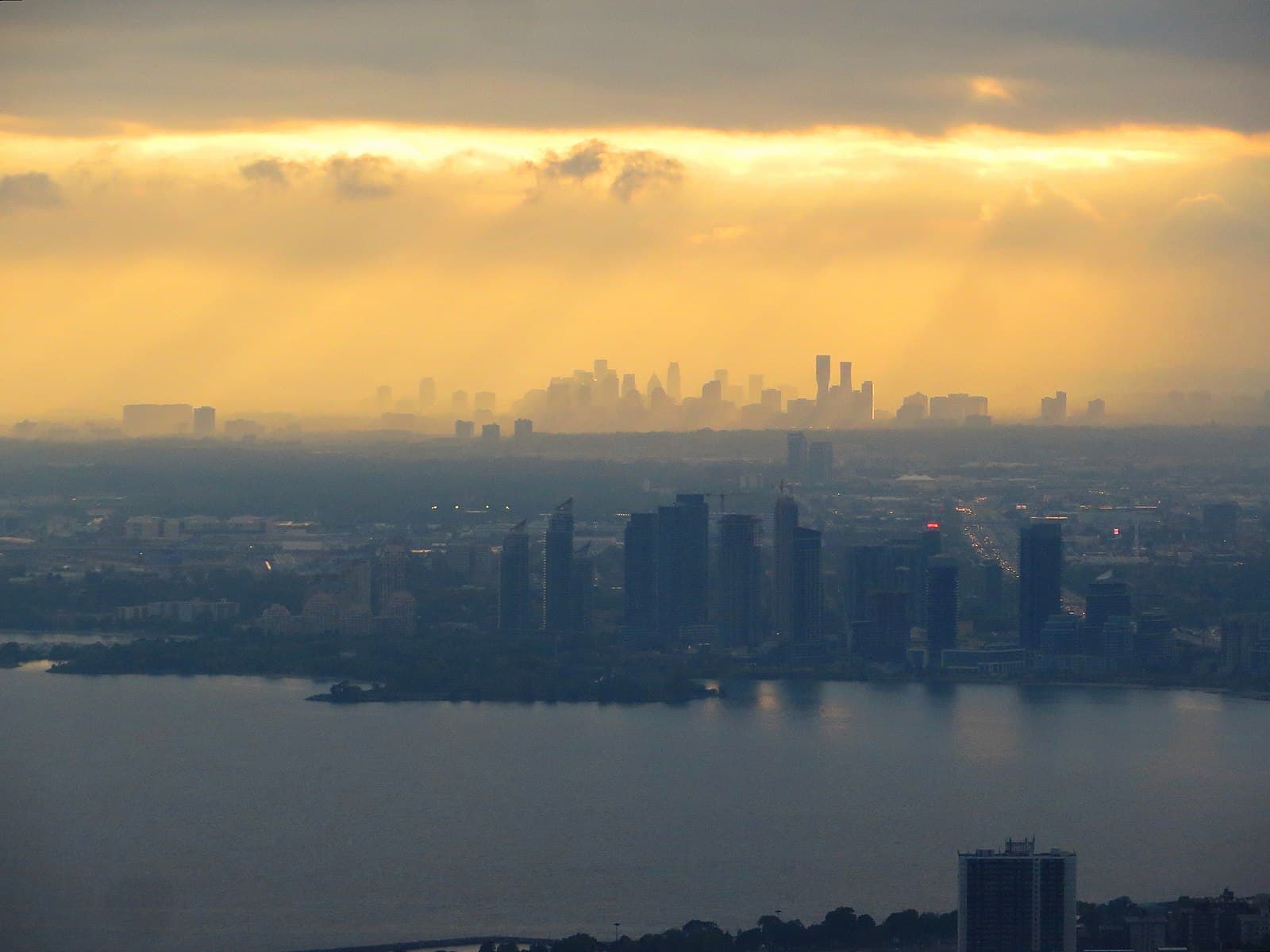

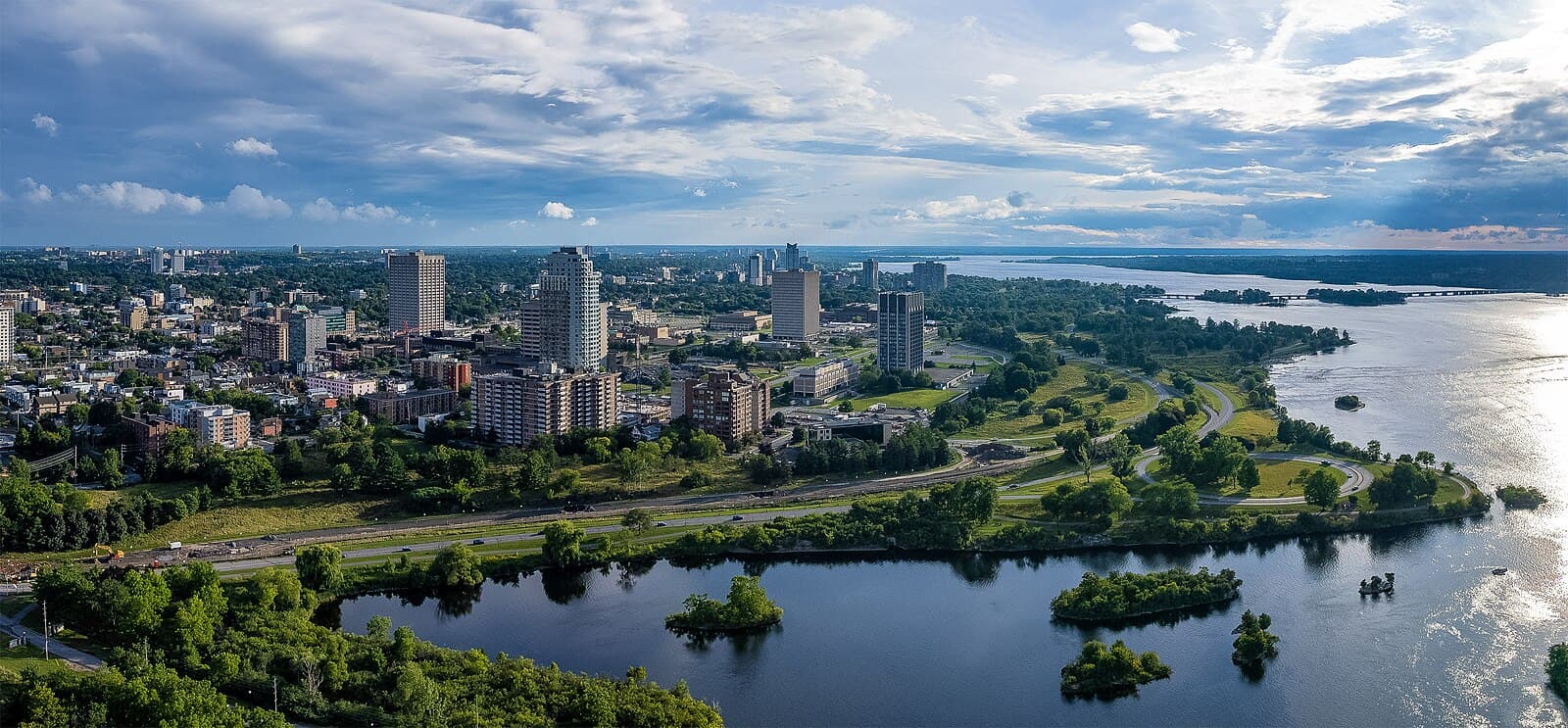

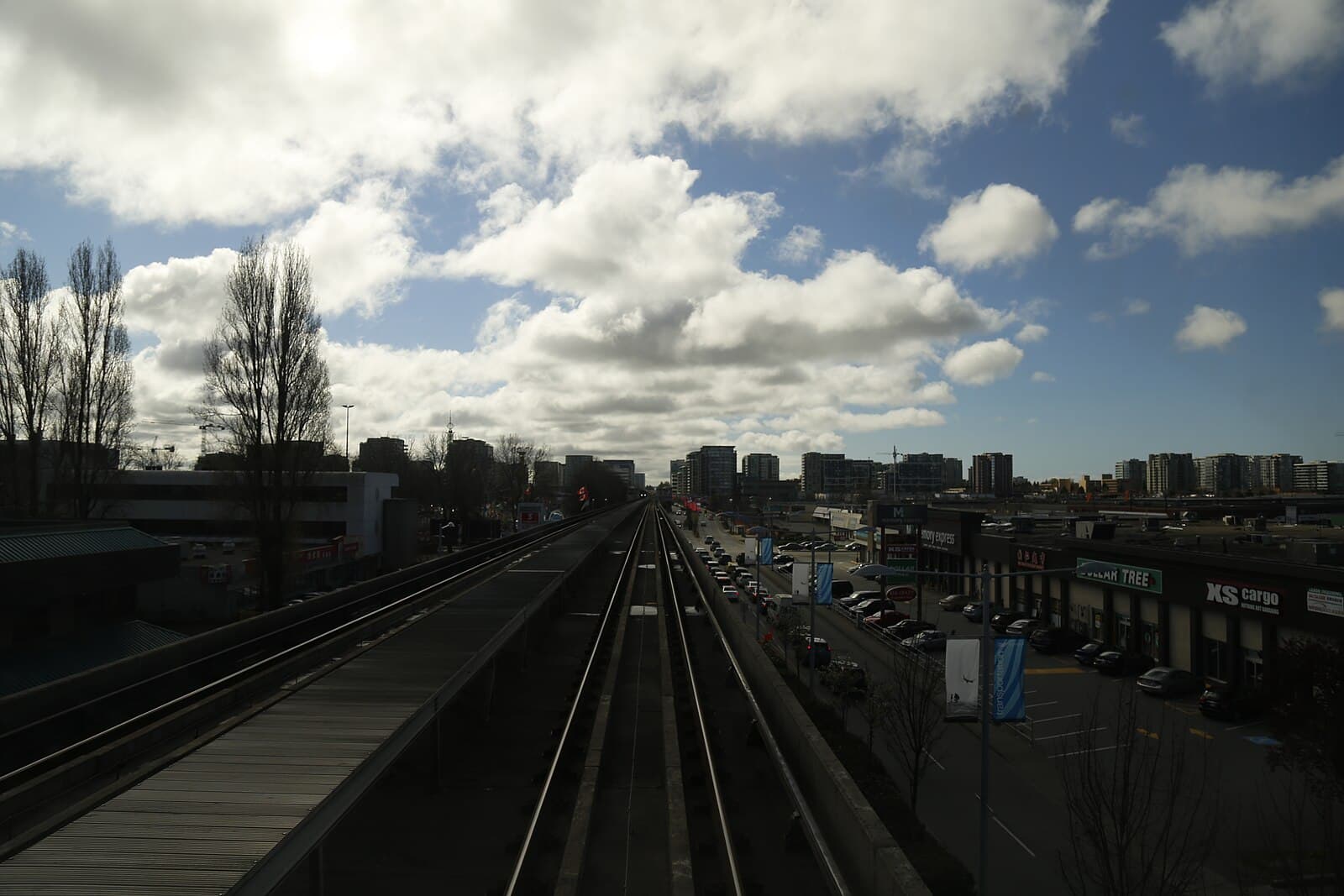

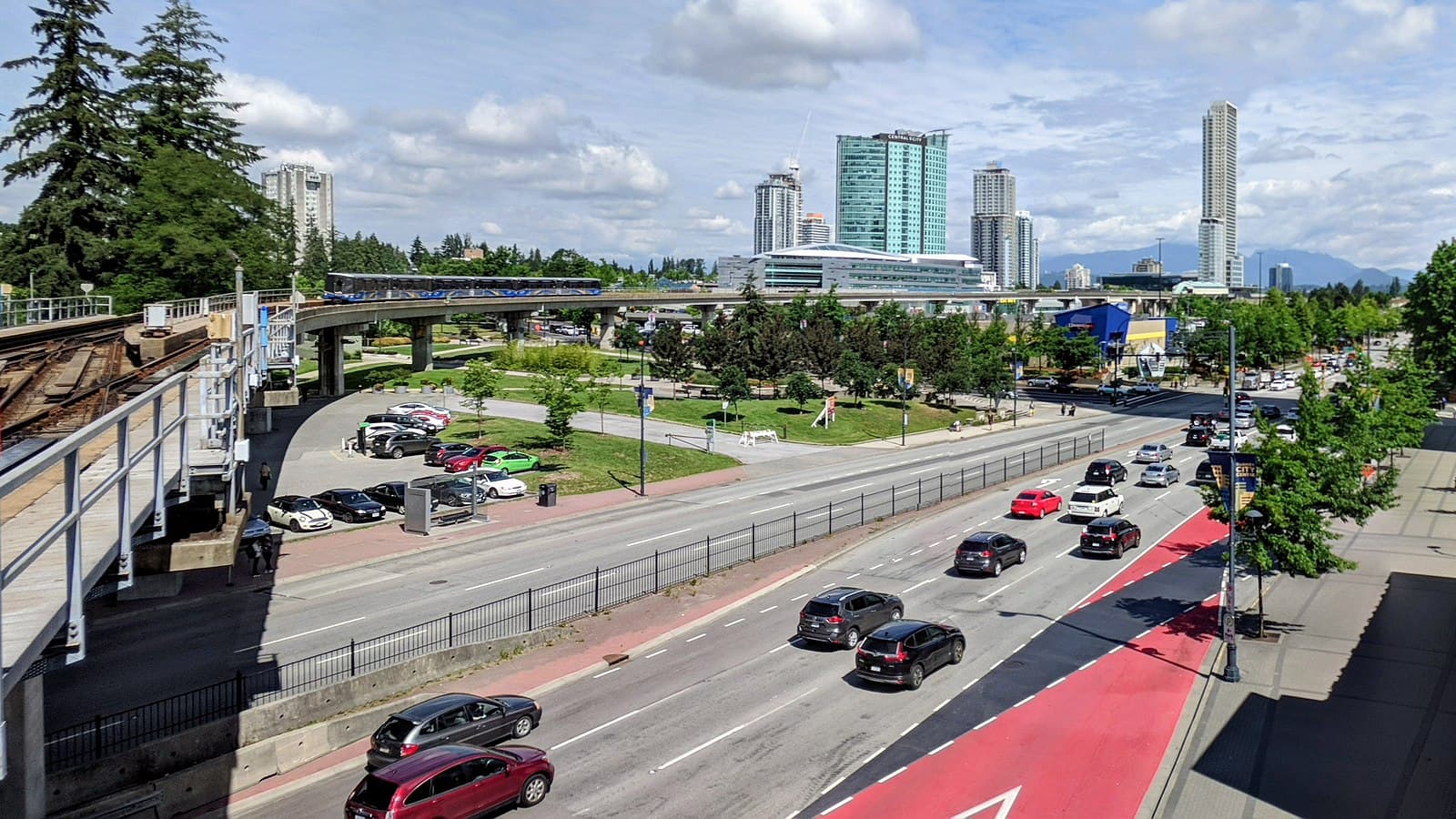
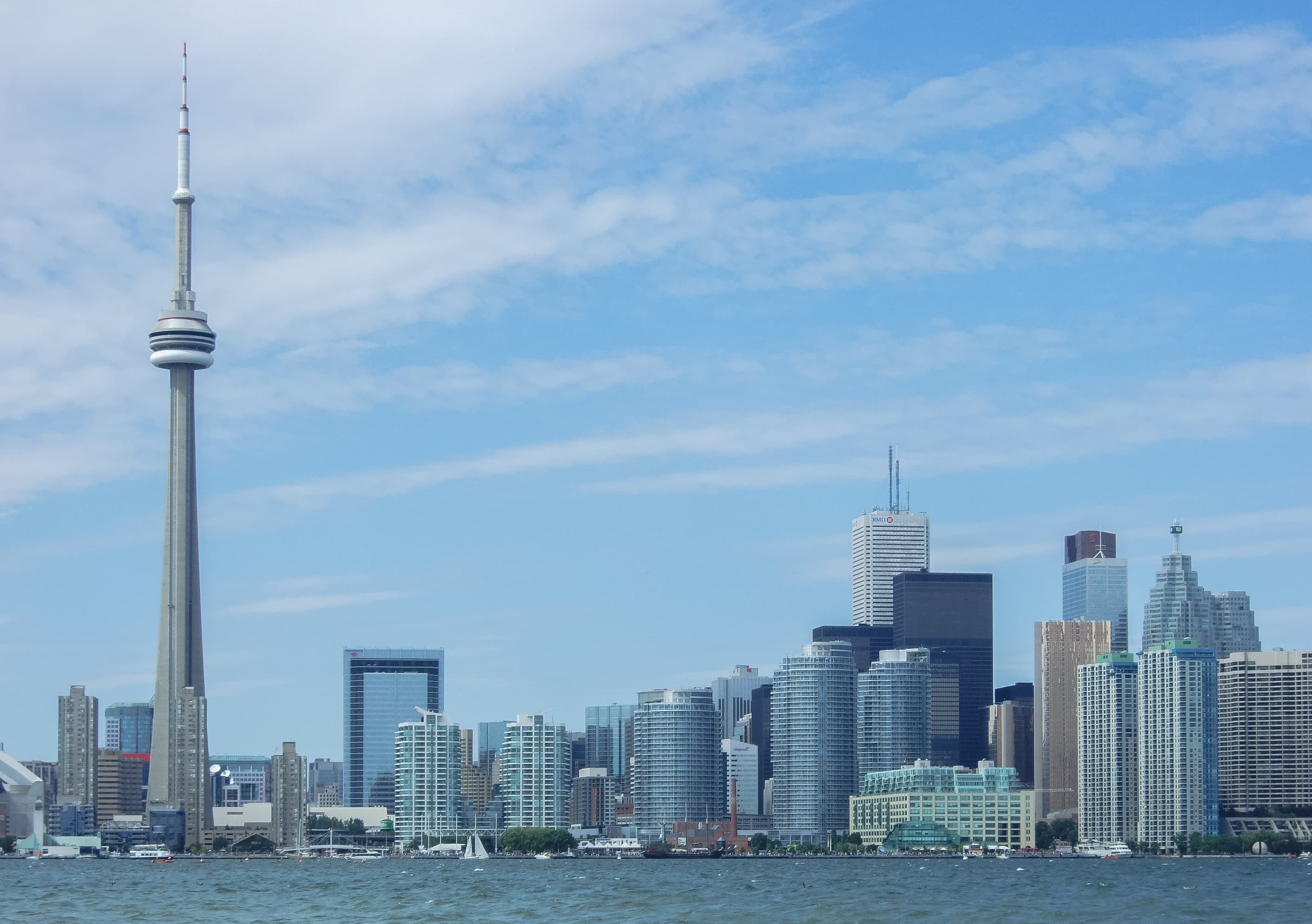

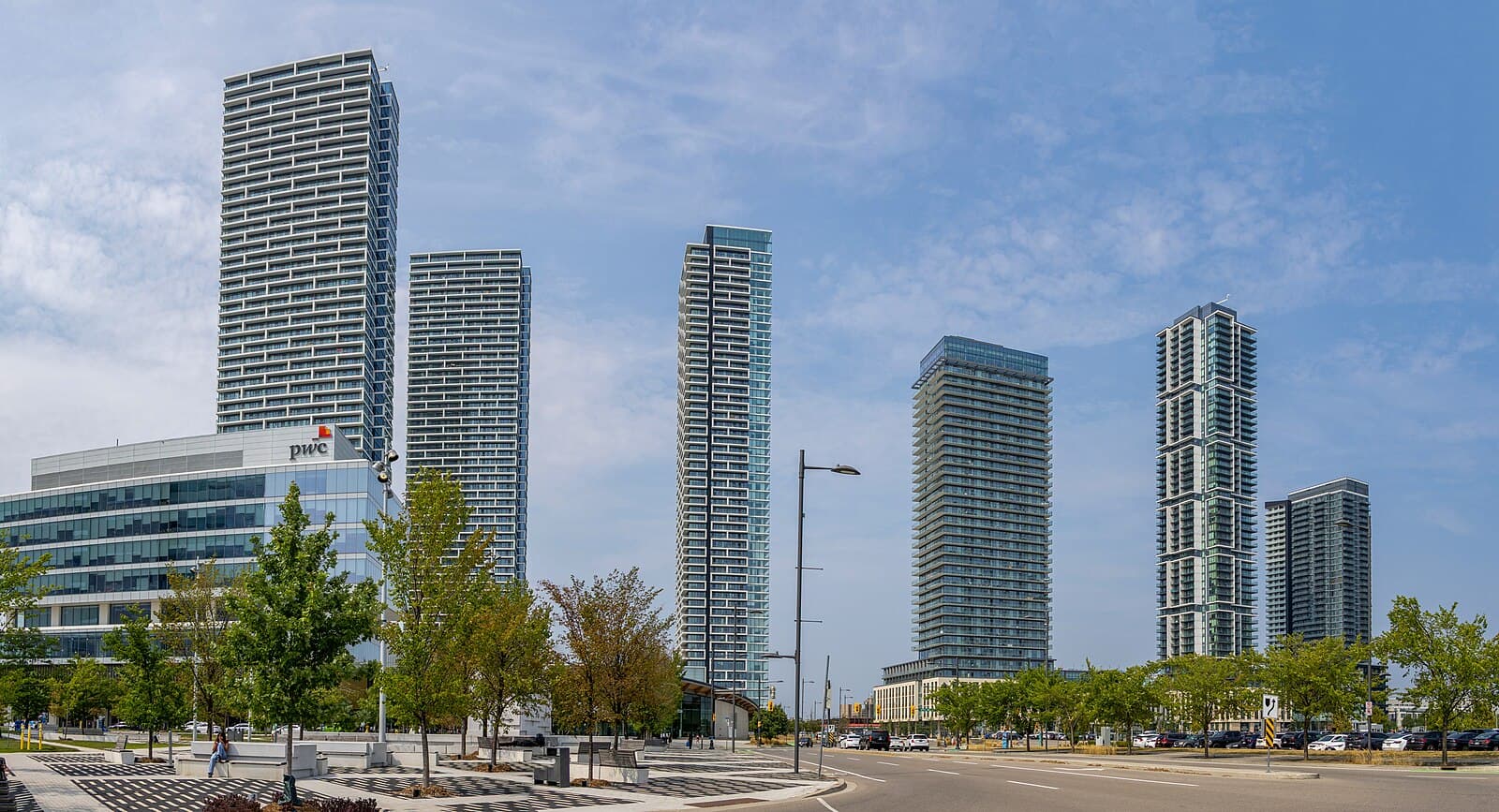
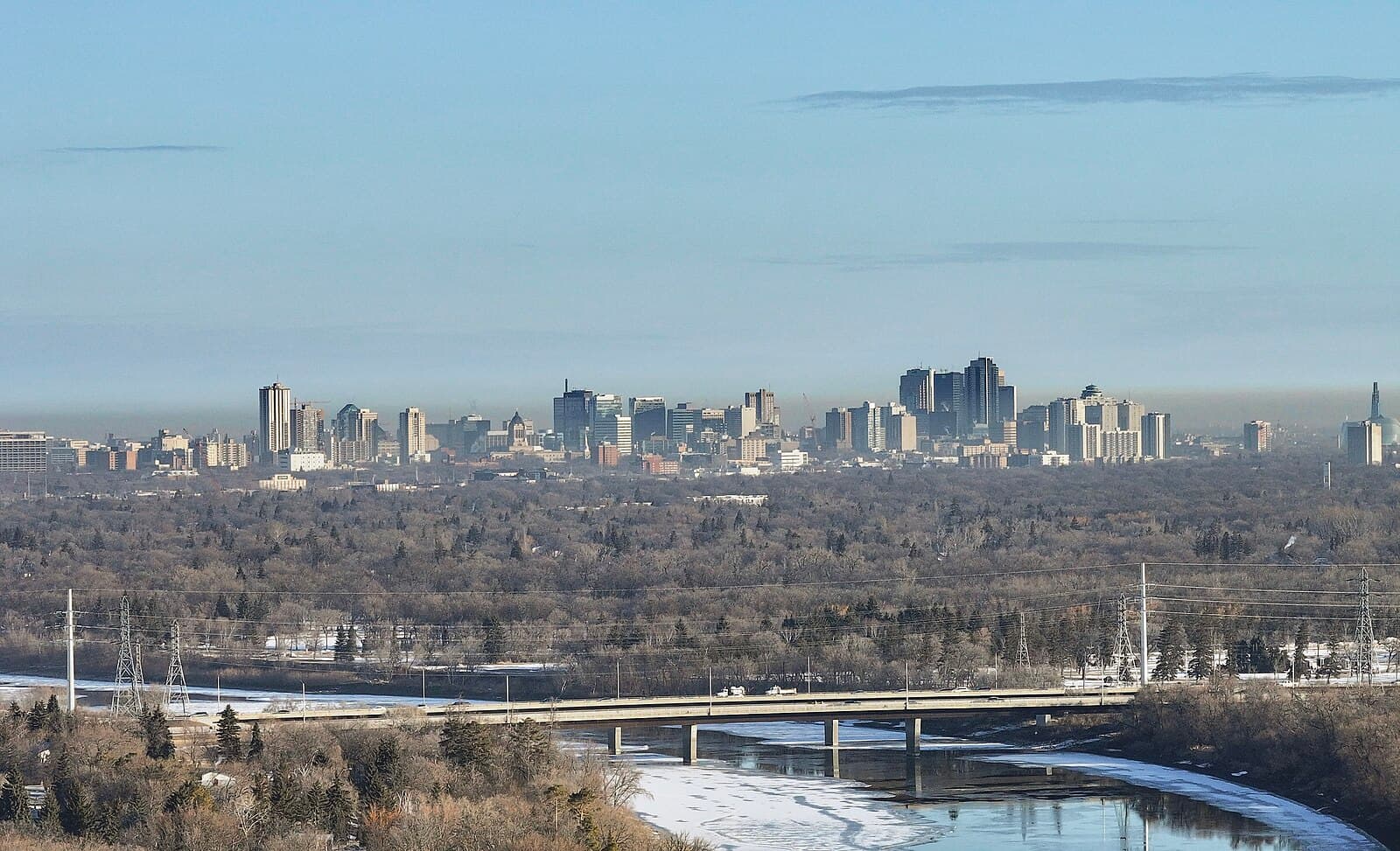
How to use PlugMapper
Filter by connector and speed to plan reliable charging stops that match your vehicle and schedule.
- Match your vehicle to compatible hardware: J3400 or NACS and CCS dominate DC fast charging; J1772 is standard for Level 2. Use power filters (for example, 50-350 kW) to plan short top-ups or longer sessions.
- Prioritize multi-port hubs: When time matters, choose sites with more ports and higher posted power. Multi-port hubs reduce queuing during commute peaks and events.
- Check access, pricing, and amenities: Garage and curbside locations may have time limits or parking fees. Where available, PlugMapper surfaces posted pricing, access hours, lighting, and restrooms.
- Site-host incentives: Each city page links to programs from utilities and public agencies such as make-ready support, grants, or tax credits. Combining incentives can reduce capital costs for Level 2 and DC fast projects.
FAQ
Which connector should I look for?
Most new EVs can use J3400 or NACS and CCS for DC fast charging; J1772 covers Level 2. Check your adapter or vehicle manual and filter by connector on each city page.
How long will a fast-charge session take?
Session time depends on available power (kW), your vehicle's maximum charge rate, and your state of charge. Higher-power hubs (150-350 kW) shorten stops compared with 50-100 kW units.
Do parking fees apply when I charge?
Many garages and curbside locations charge for parking in addition to energy. Check the city page's map features and the station's notes for posted rates and time limits.
How does PlugMapper keep listings accurate?
We compile stations from authoritative sources such as government station locators, municipal and utility programs, and network operators, then run routine validations to catch changes in ports, access, and pricing.
Can businesses get help installing chargers?
Yes, most cities list utility make-ready support and grants for Level 2 and DC fast builds. Open your city page and review the Incentives section for current programs and links.
What should I do if a station is down?
Check nearby alternatives on the map, sort by total ports and power, report outages in the network's app, and keep a multi-port backup site along your route.

